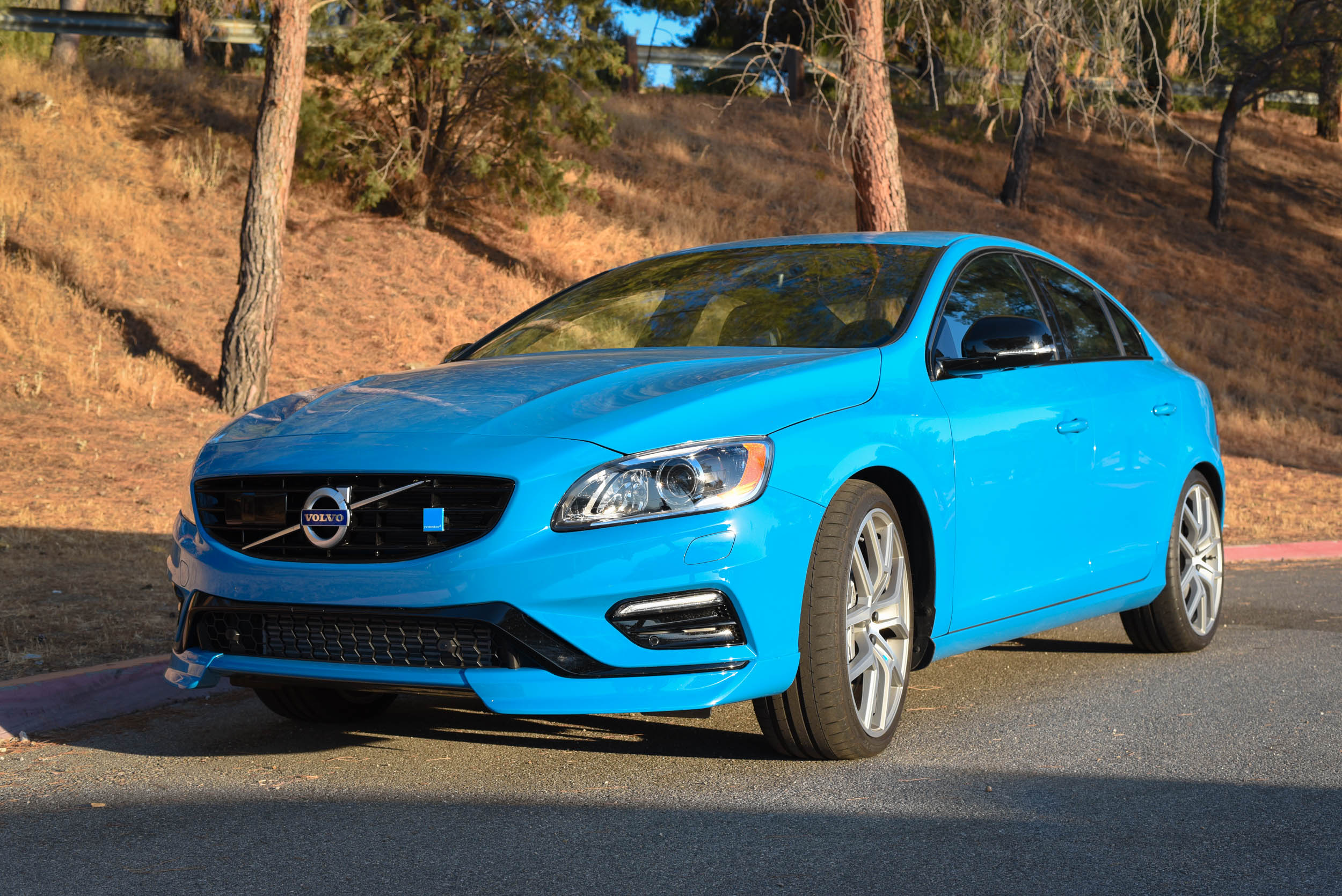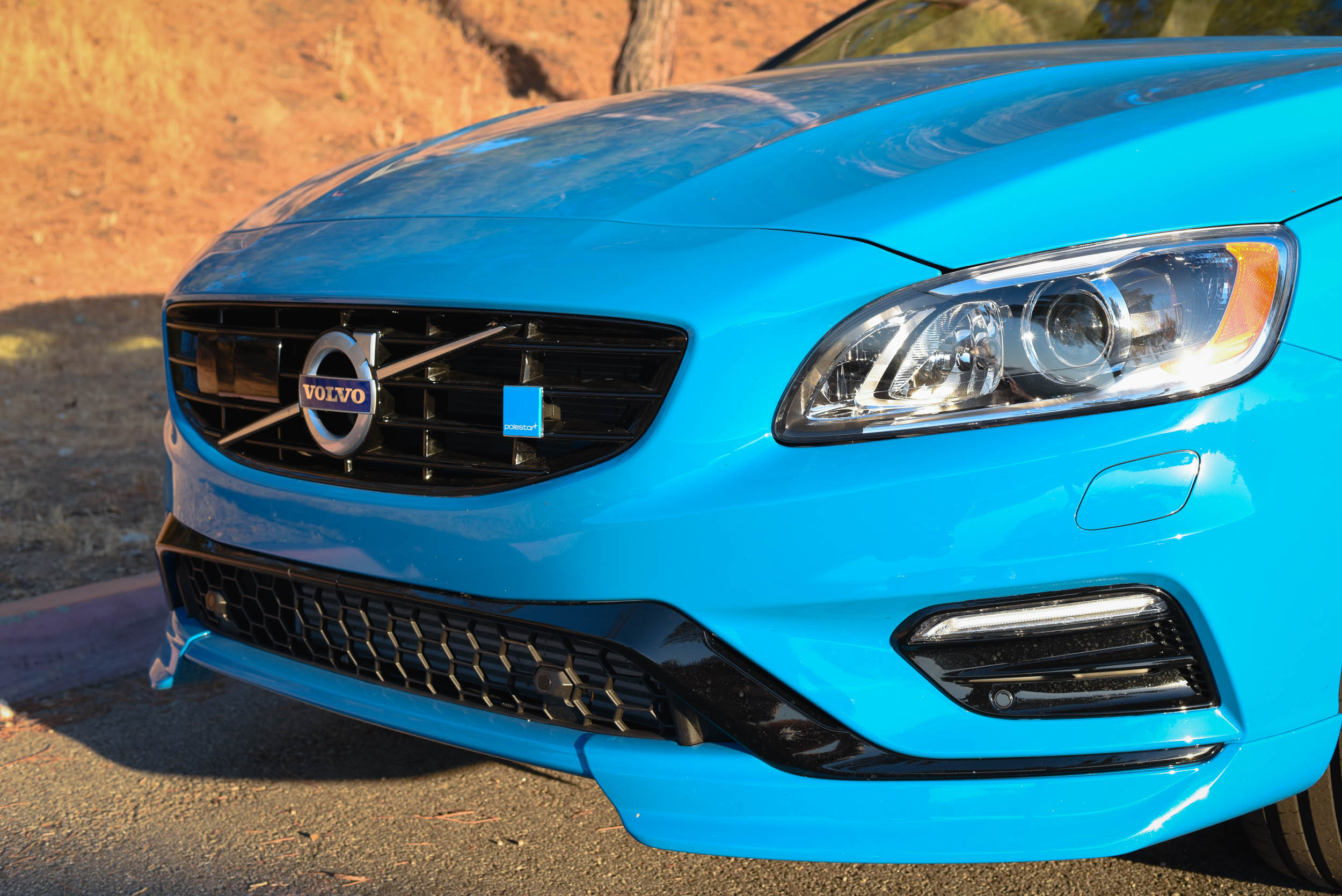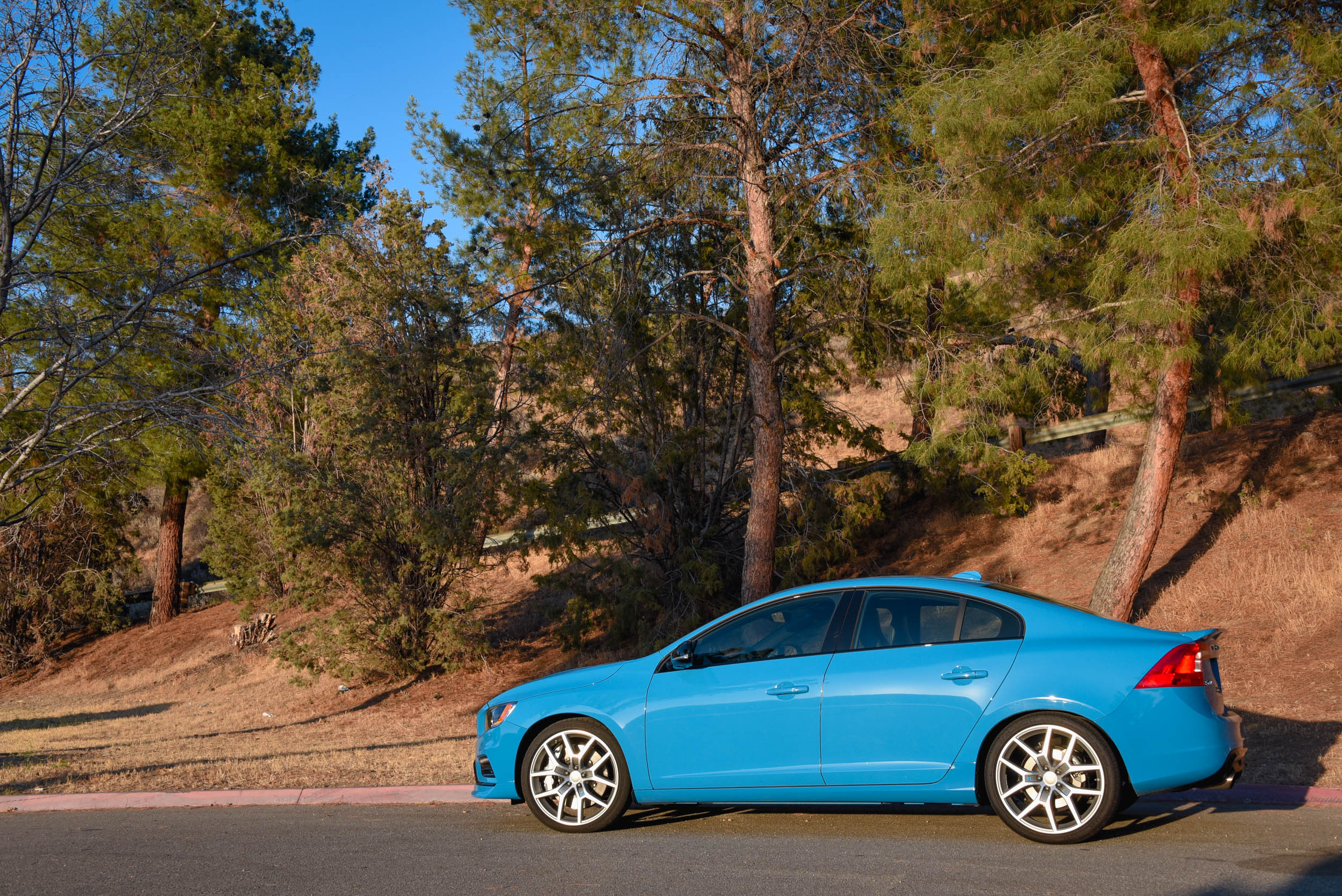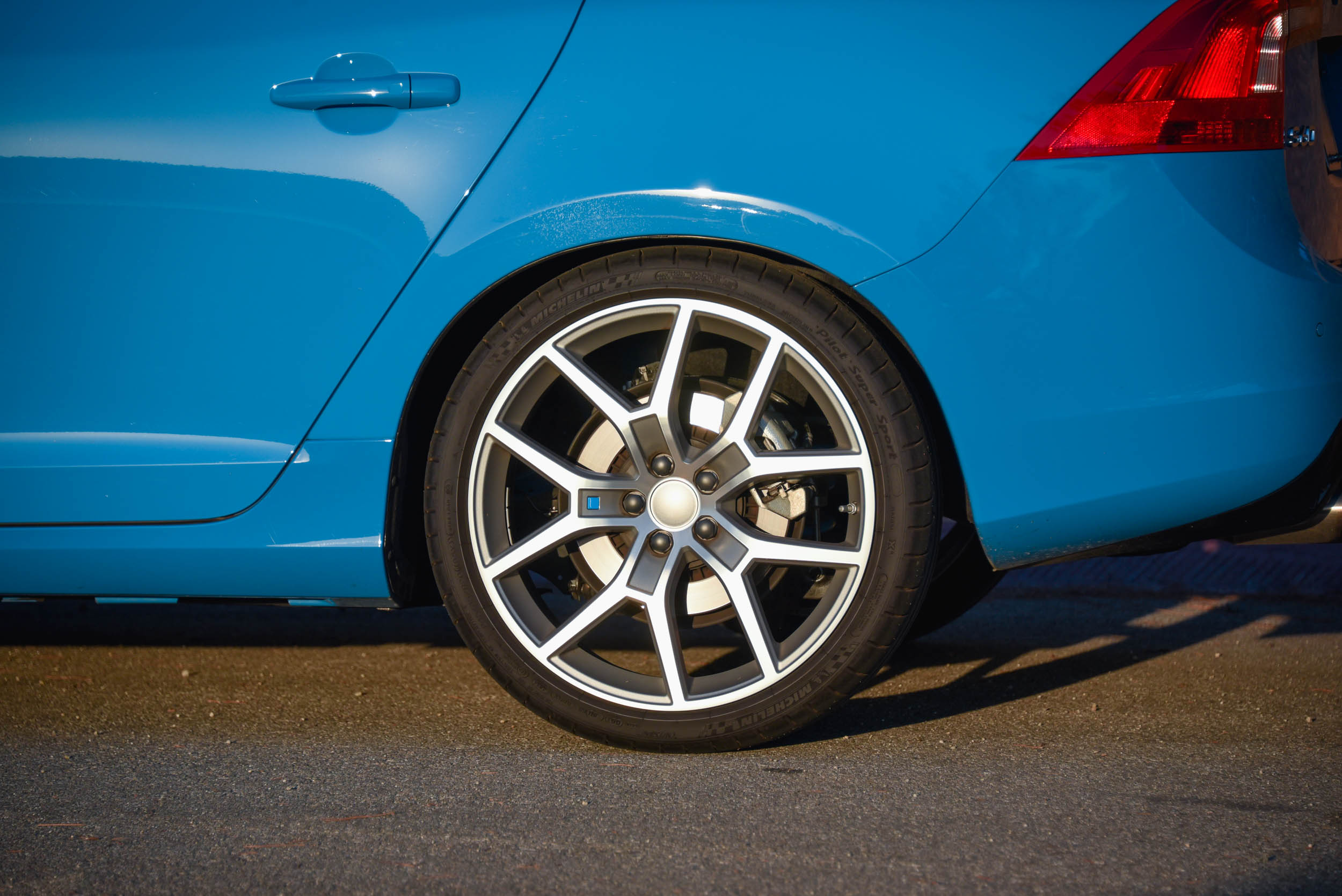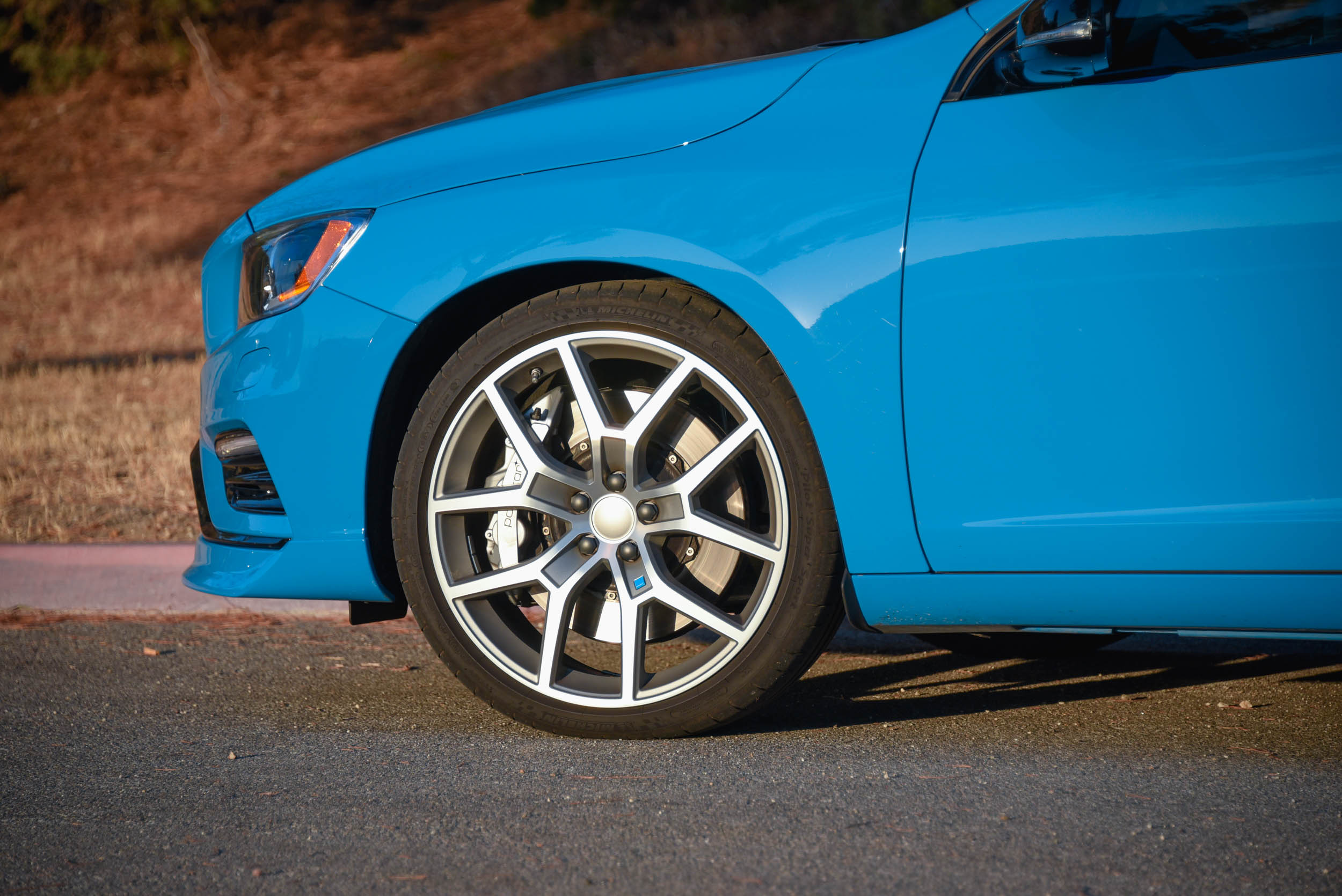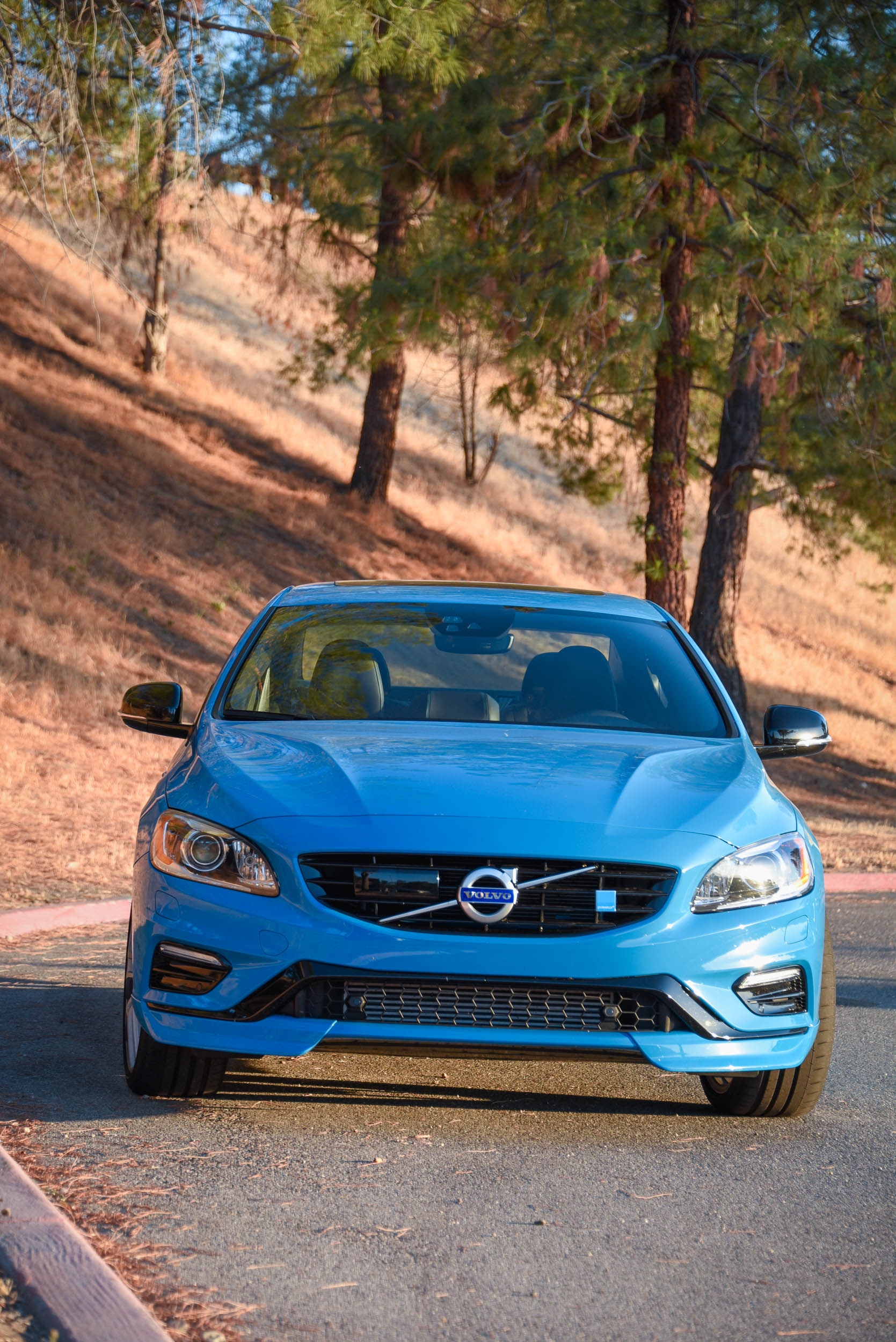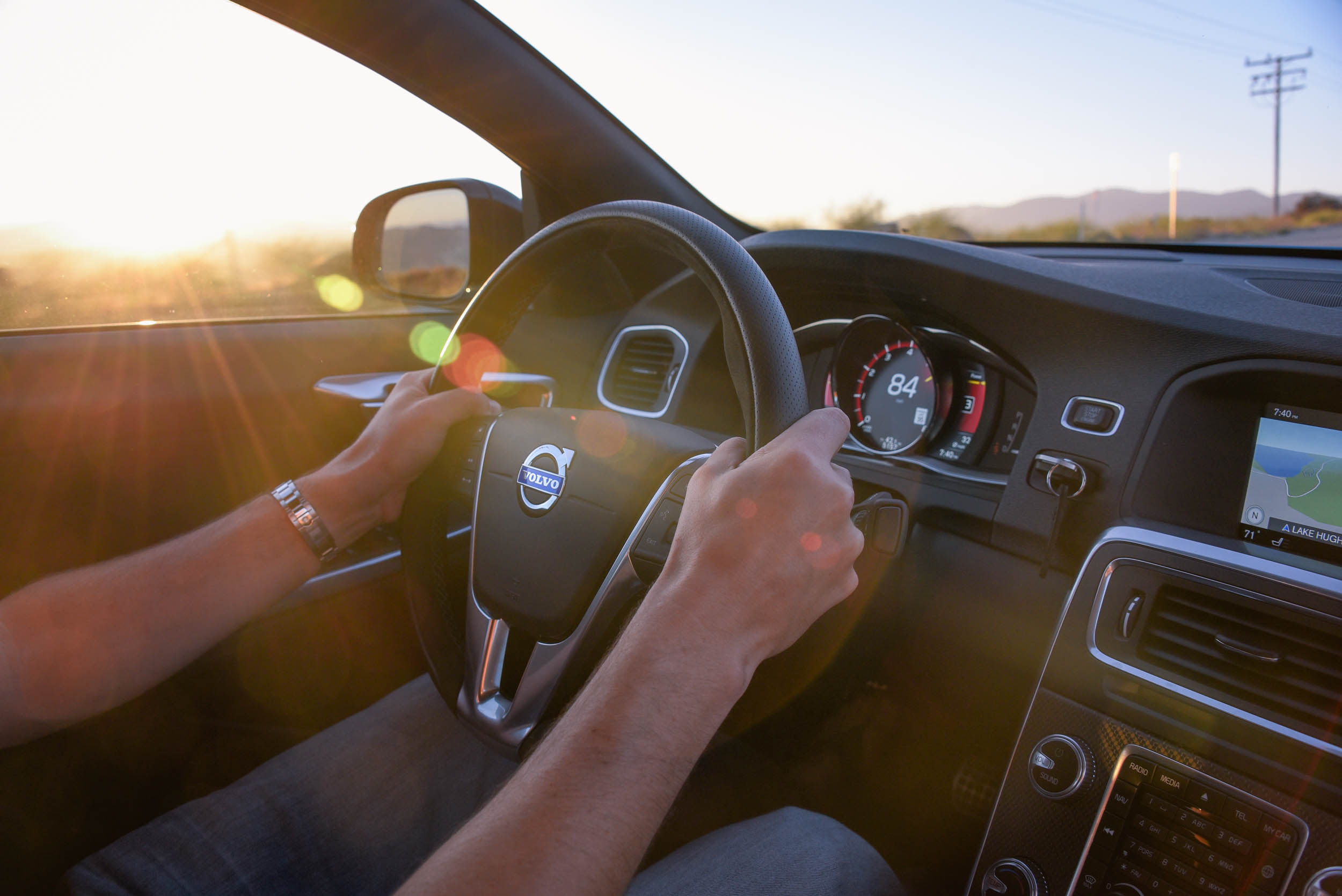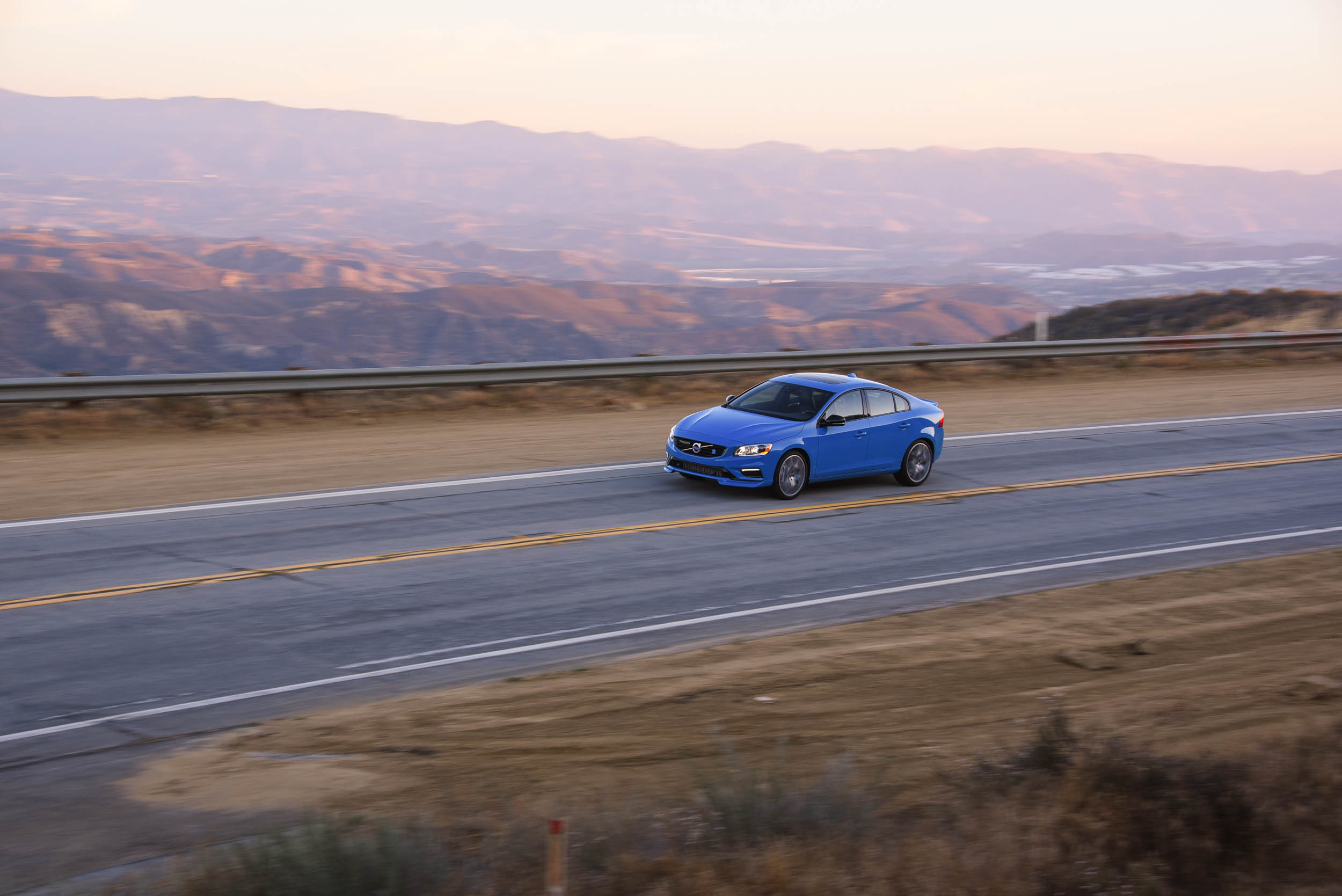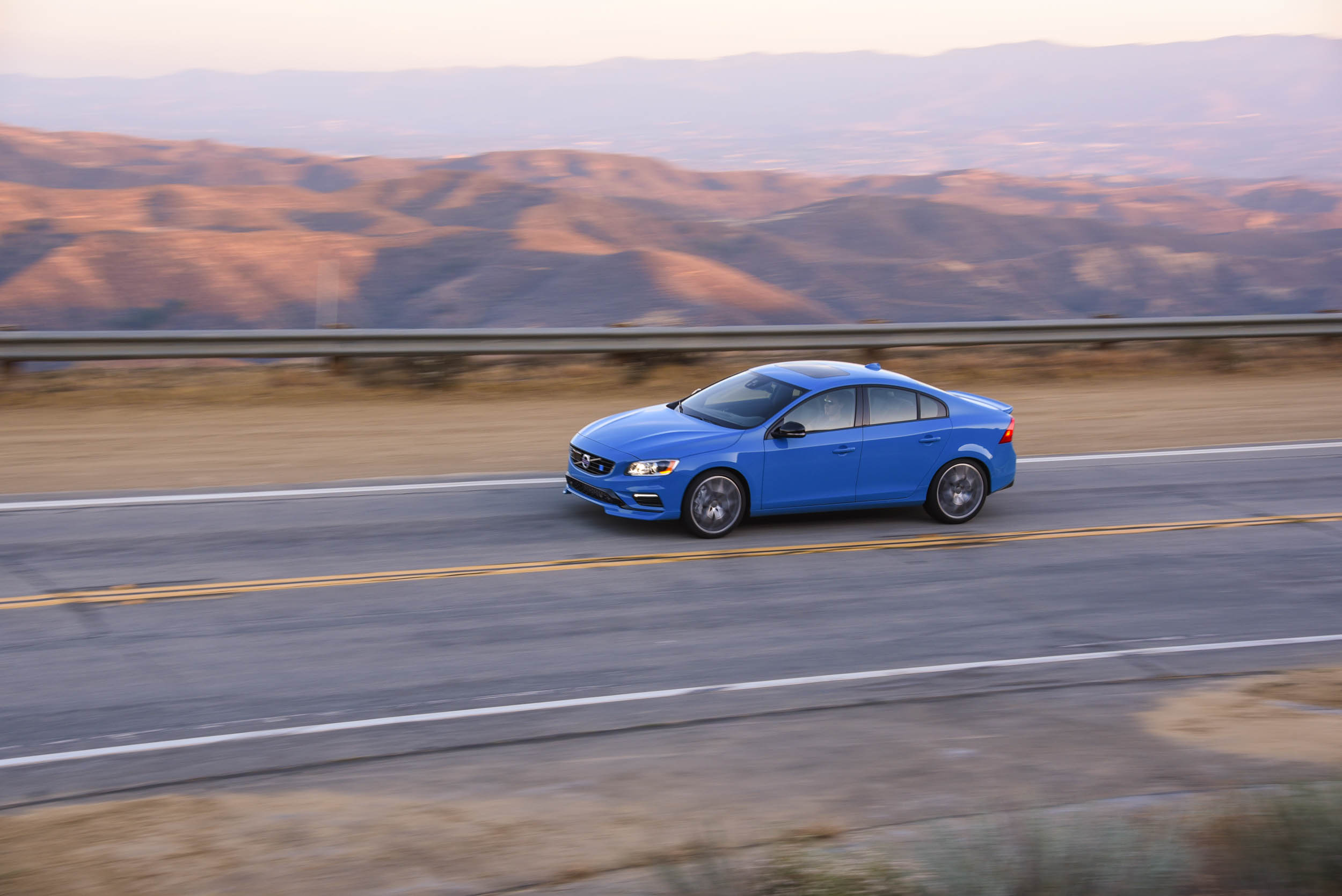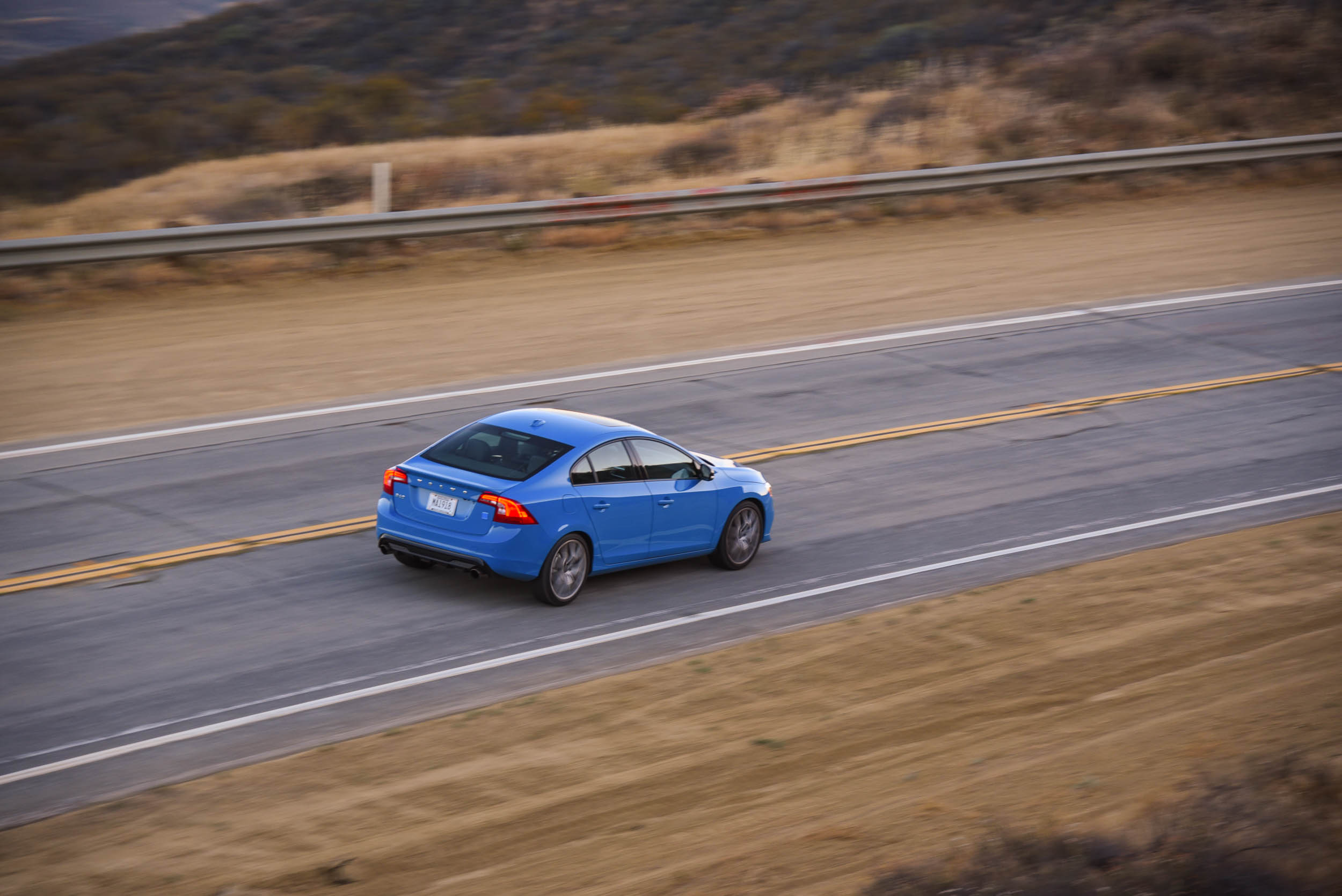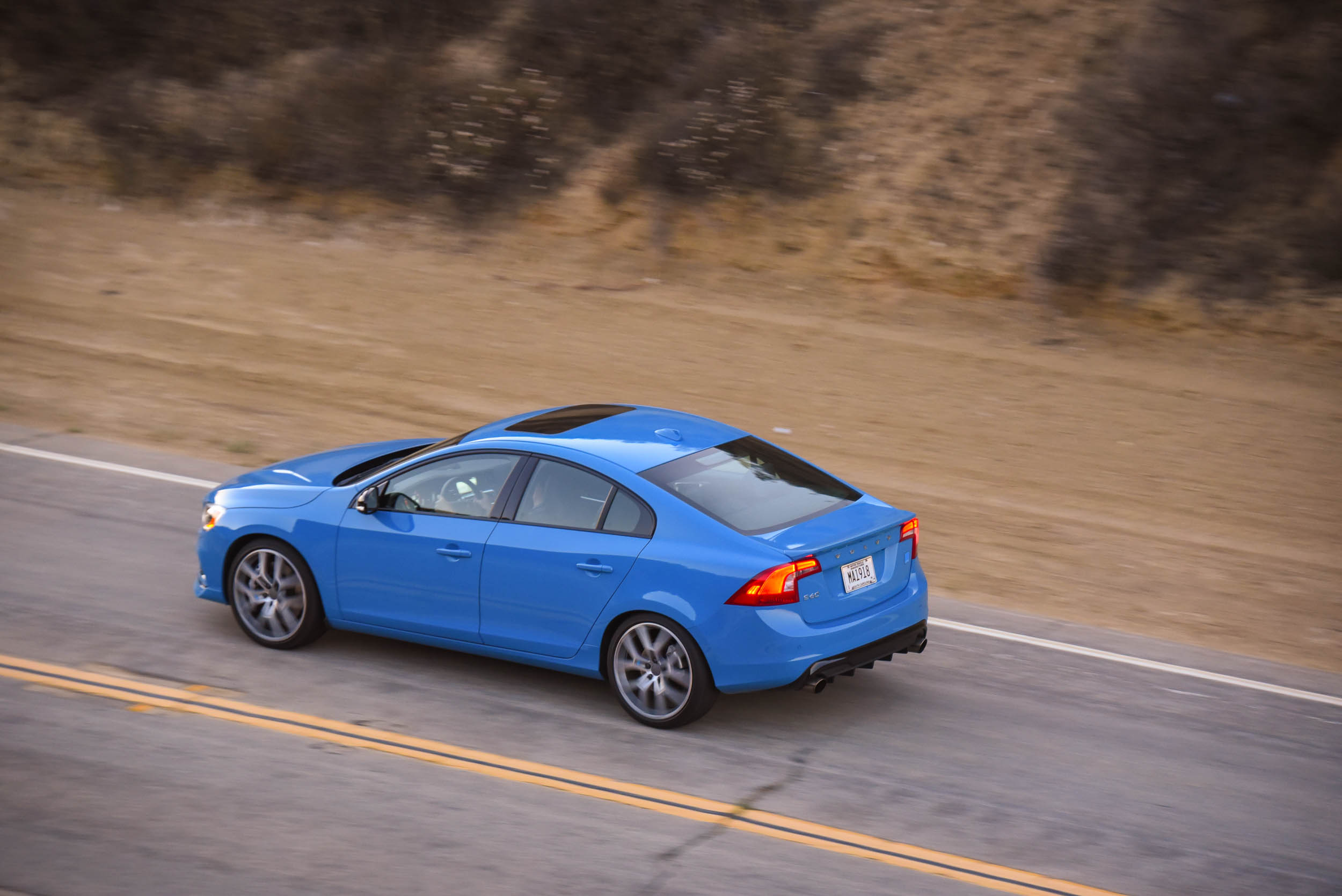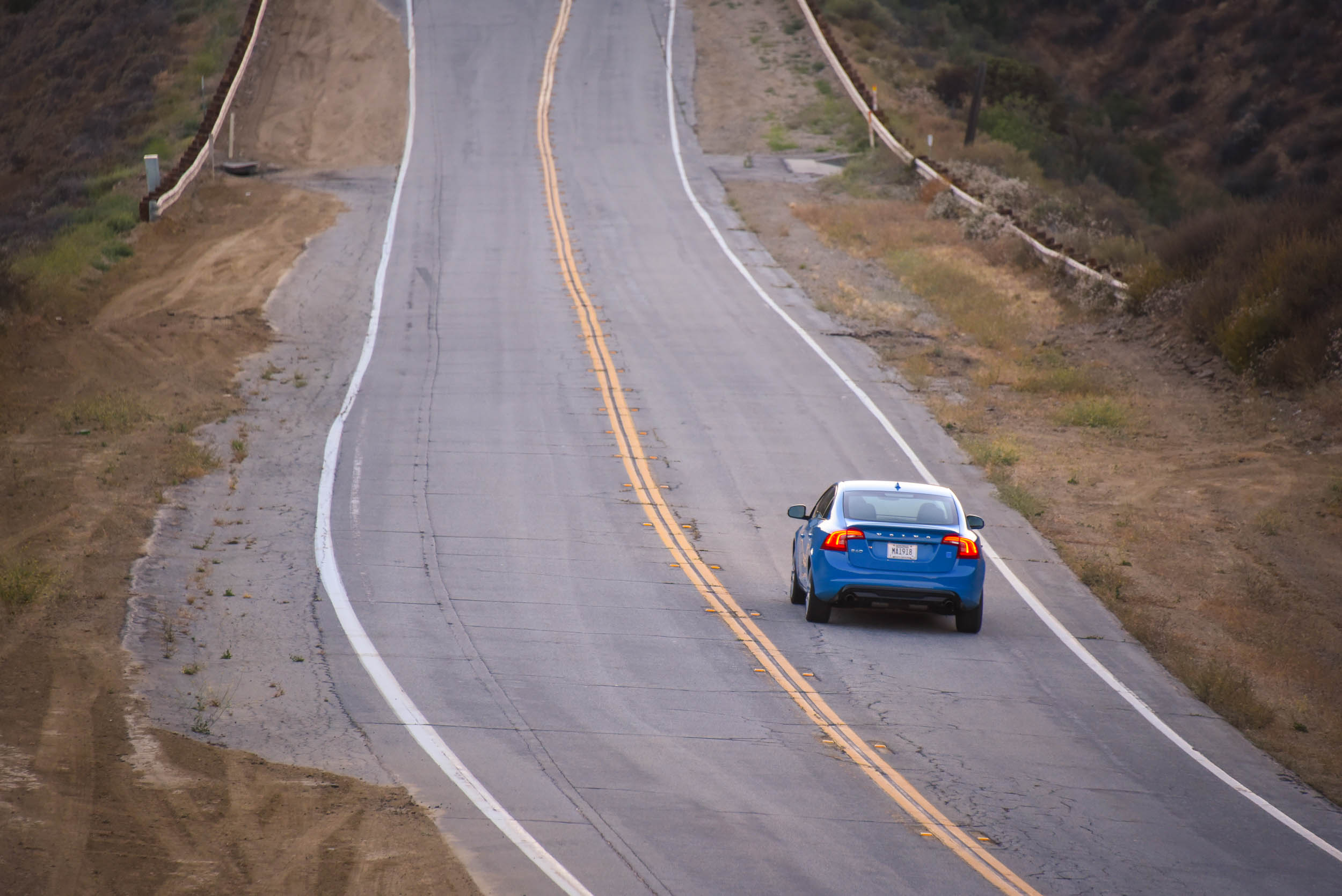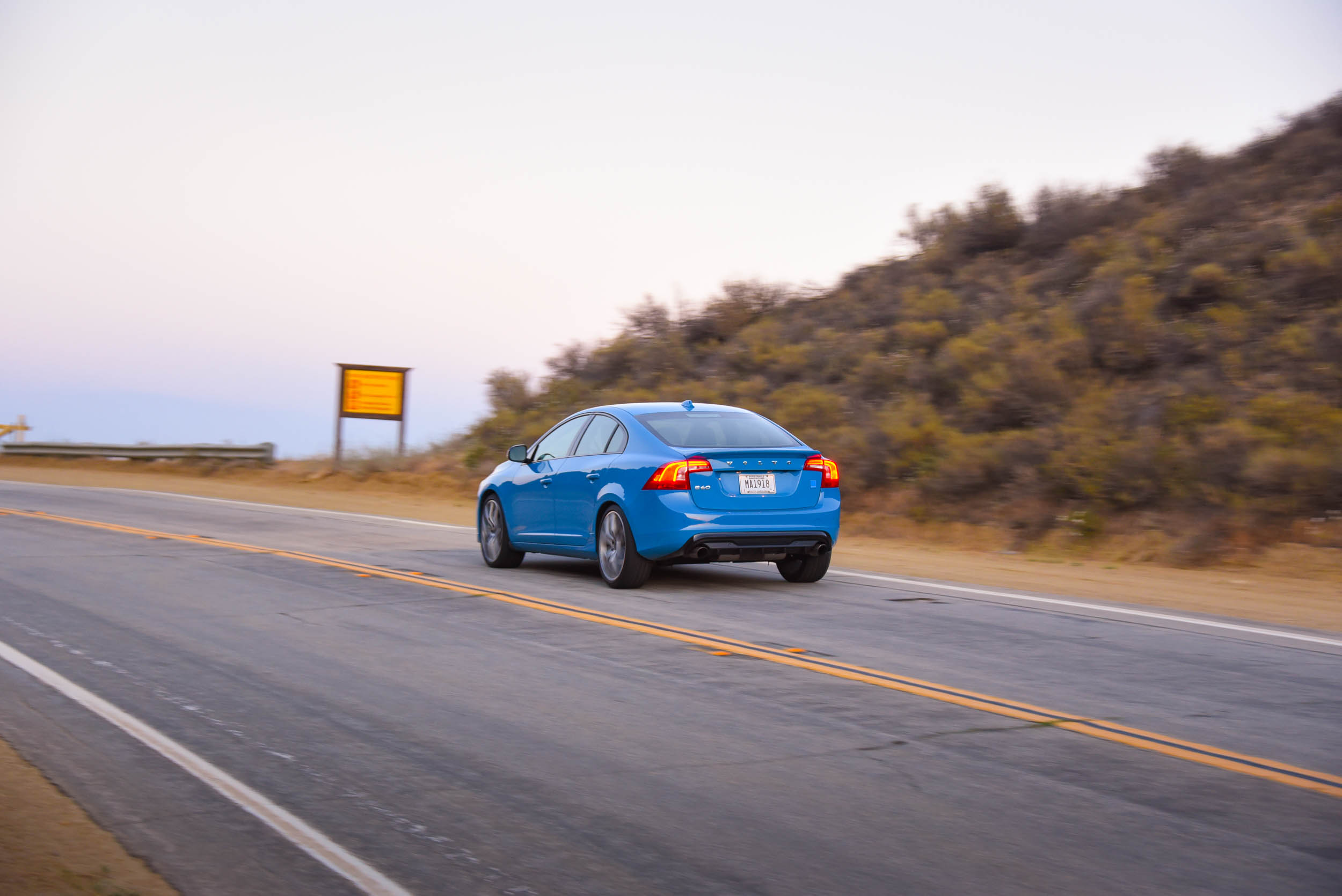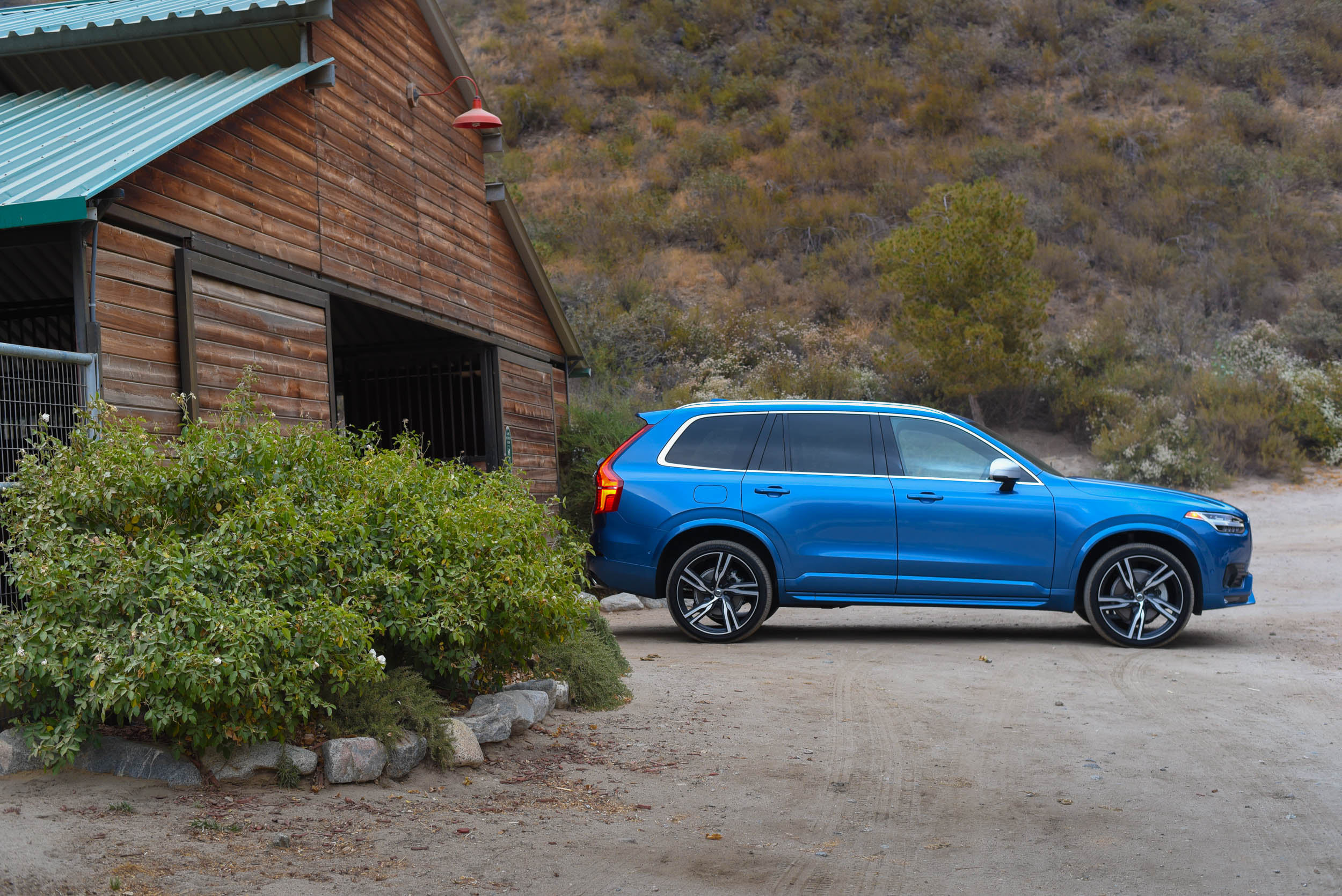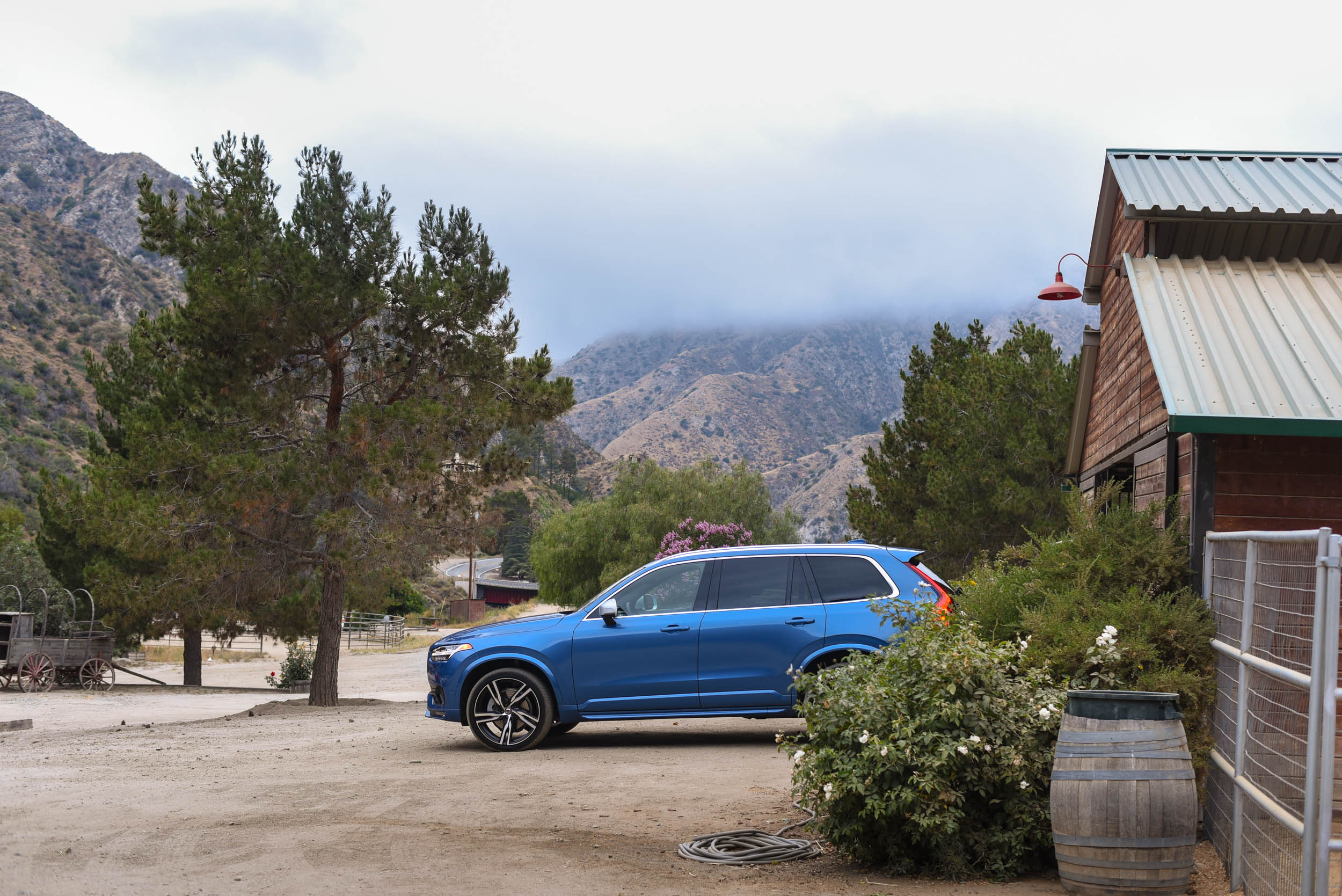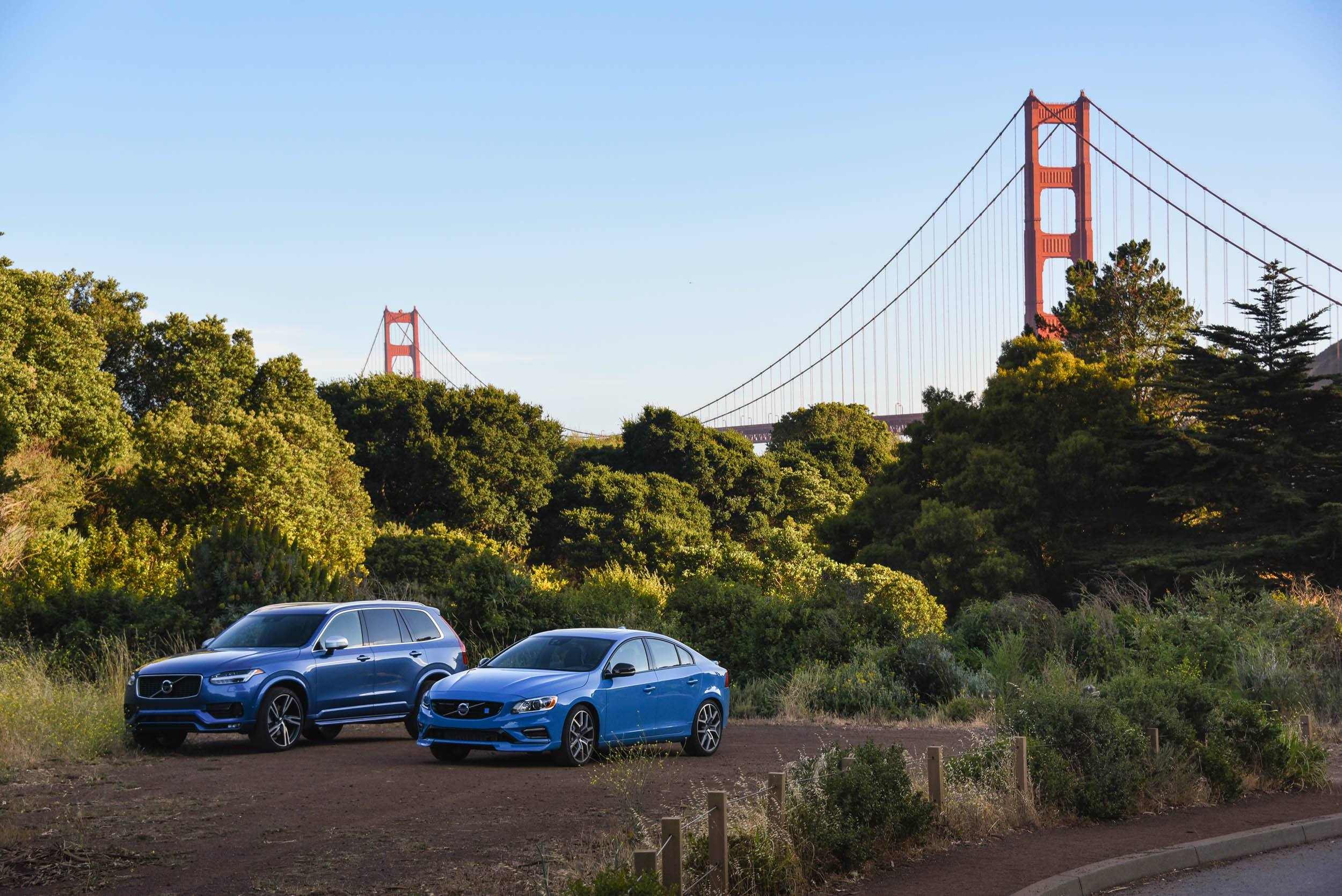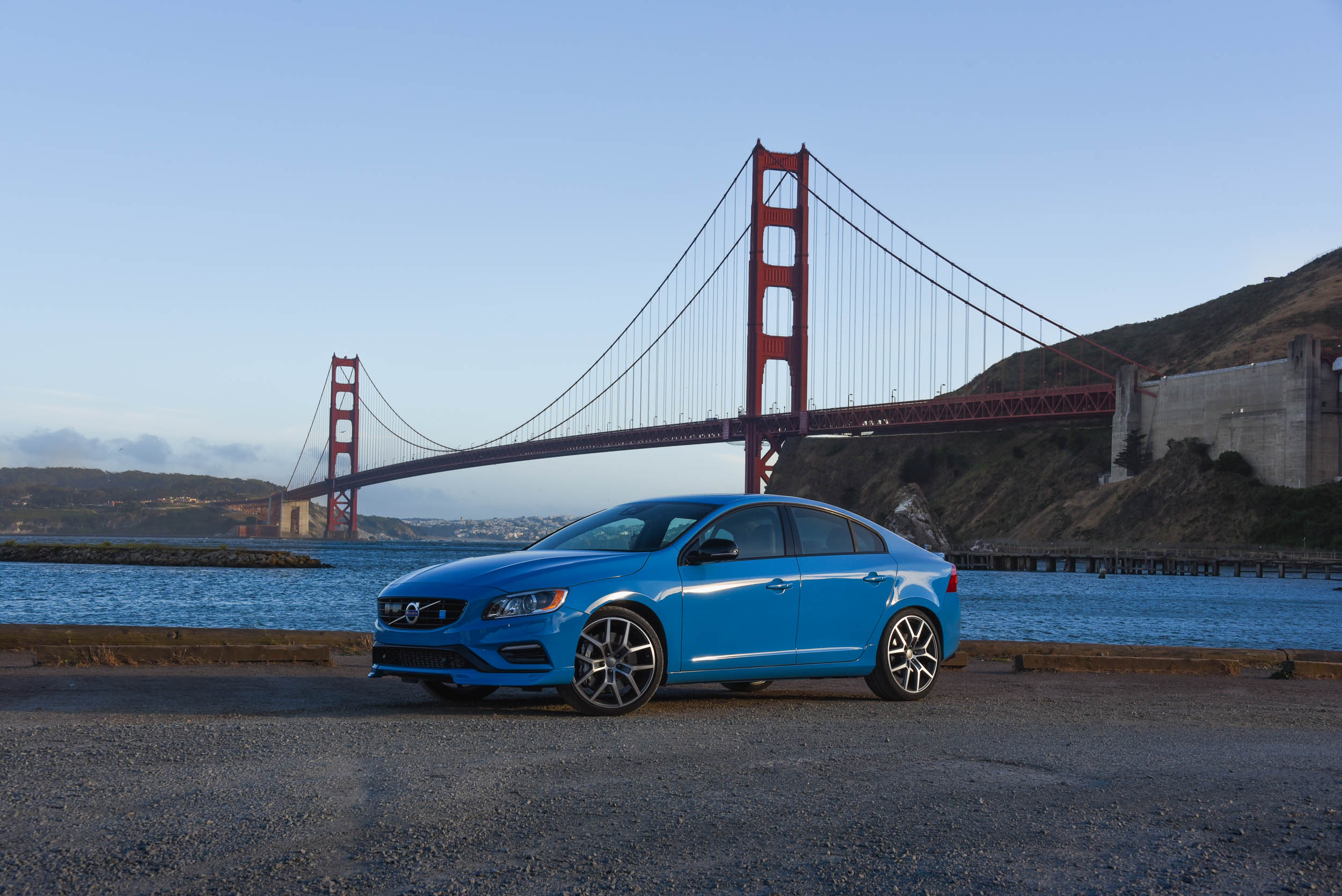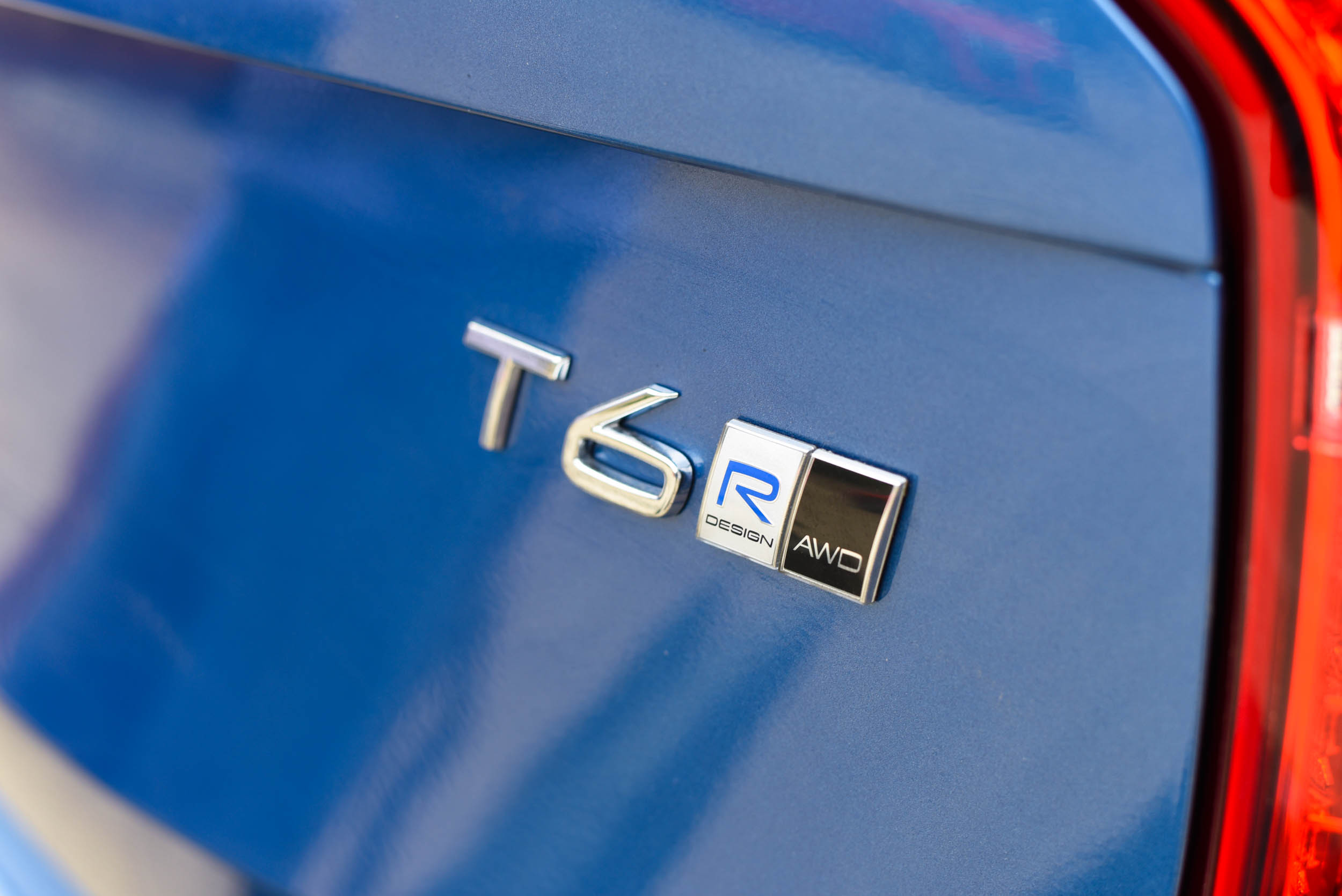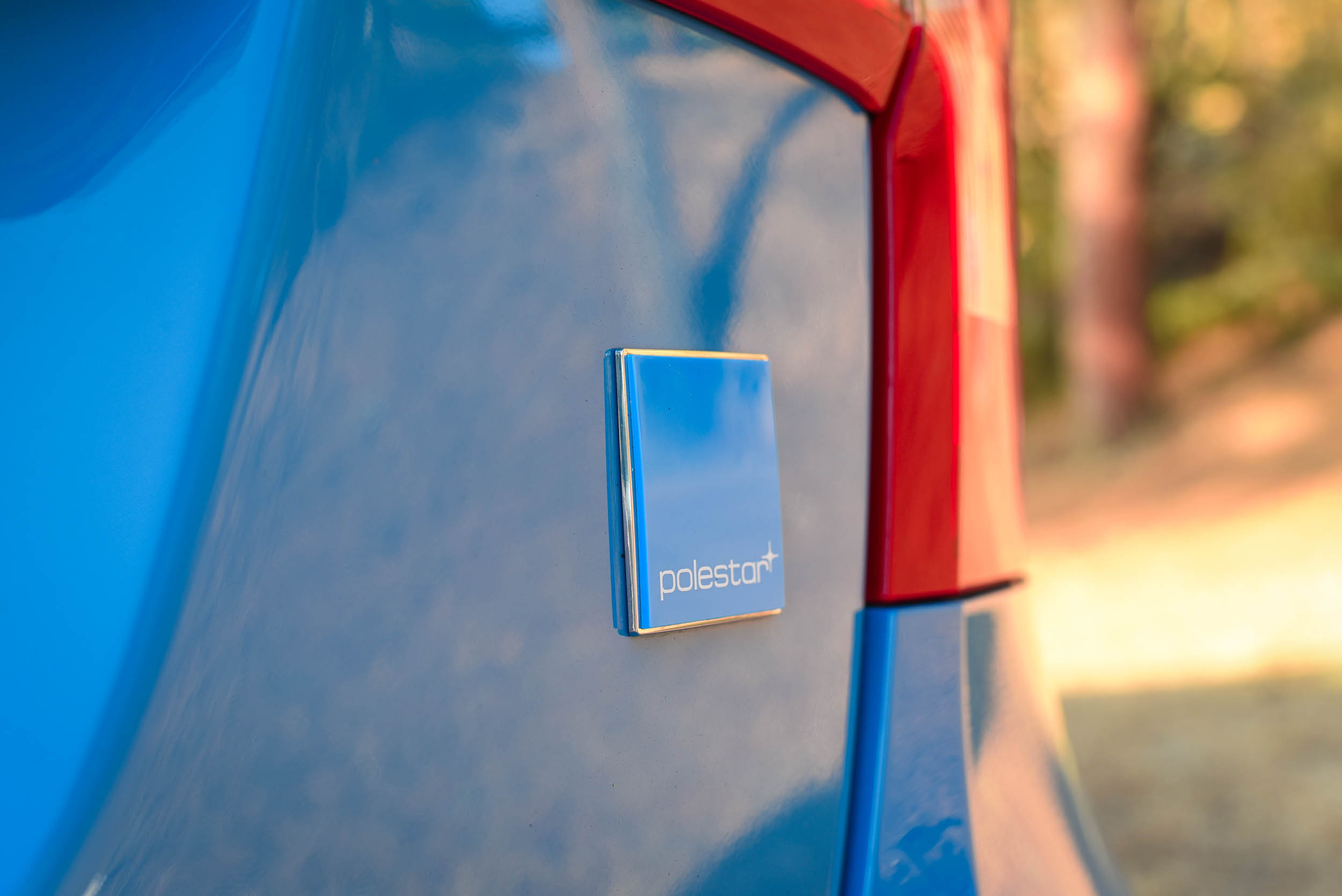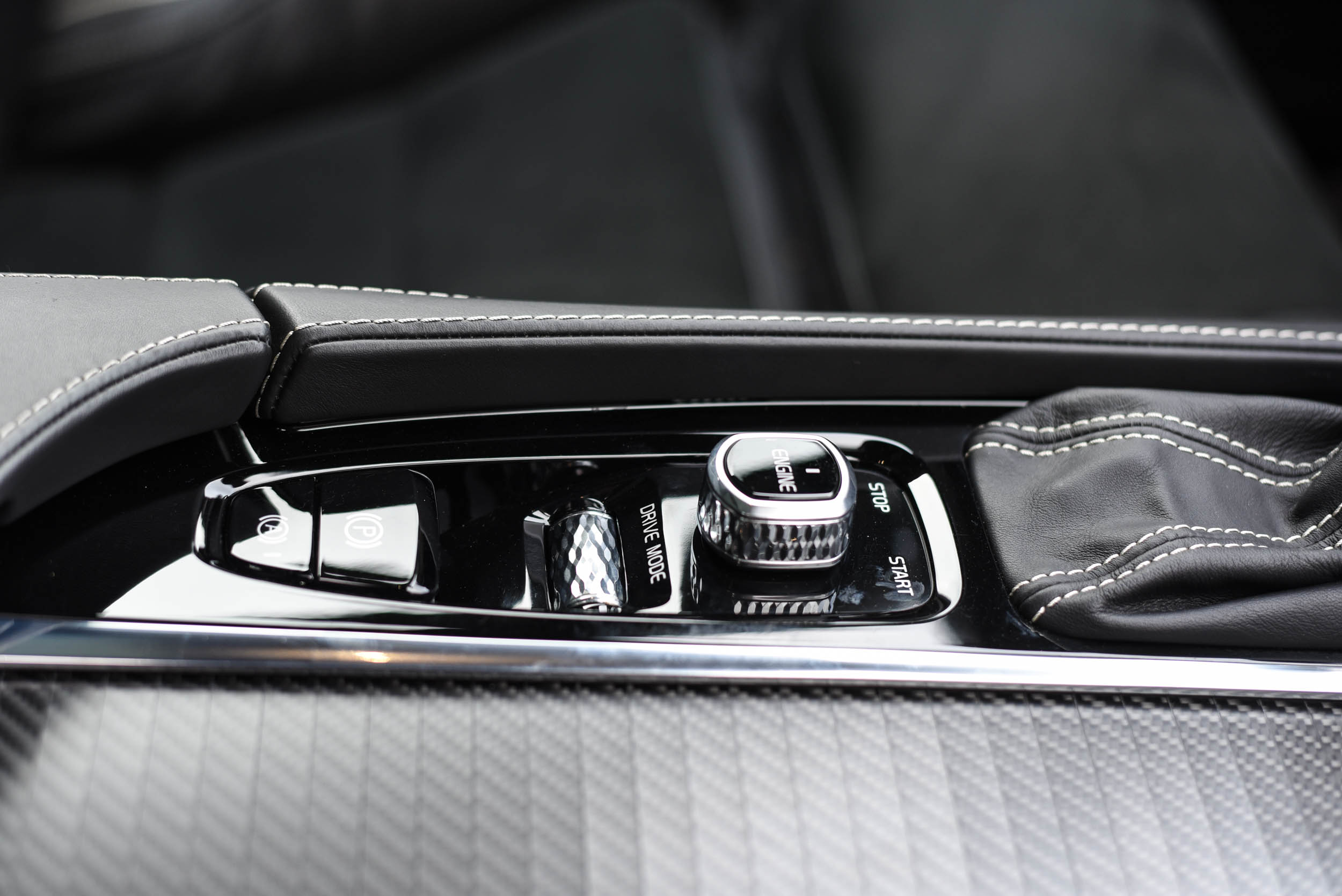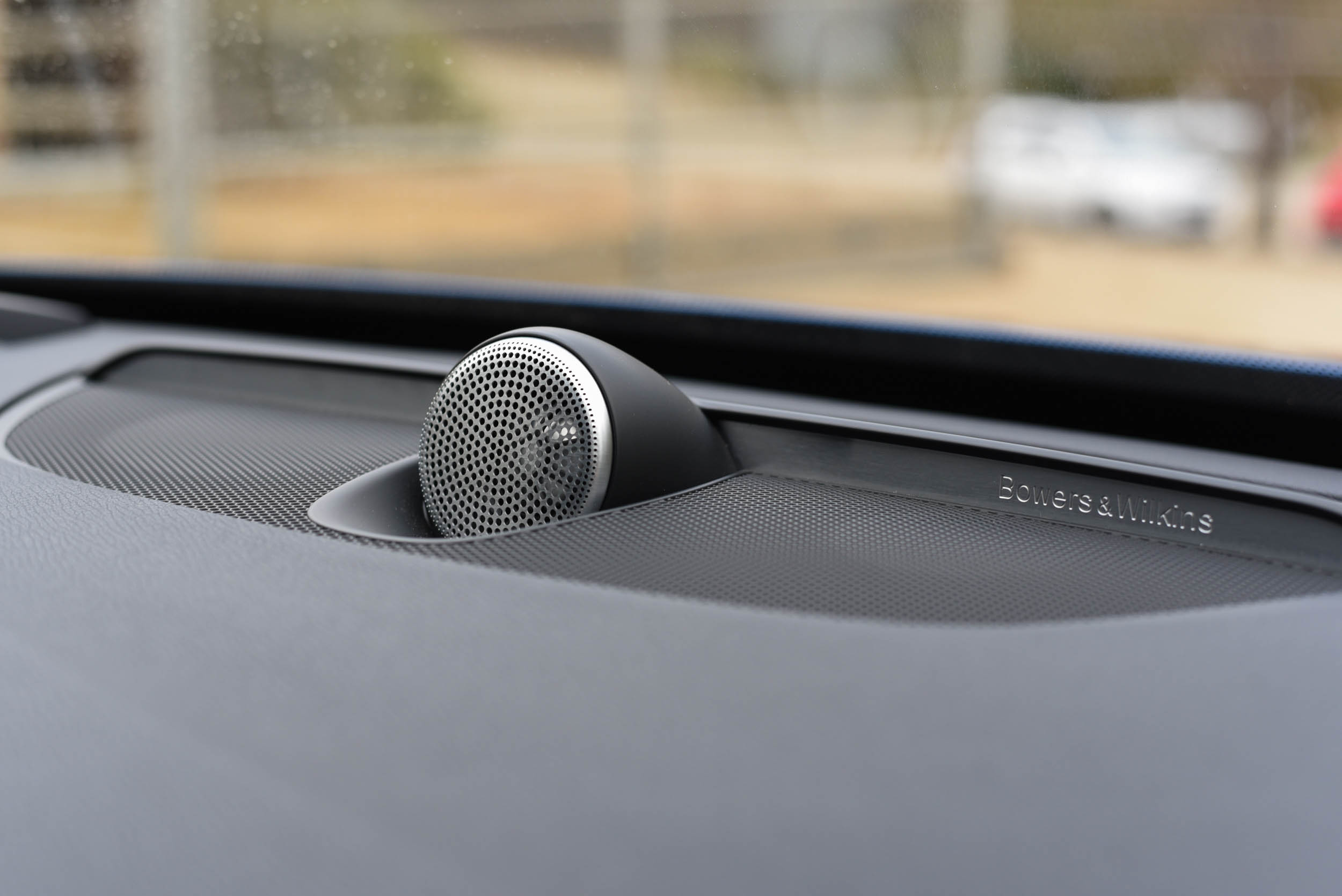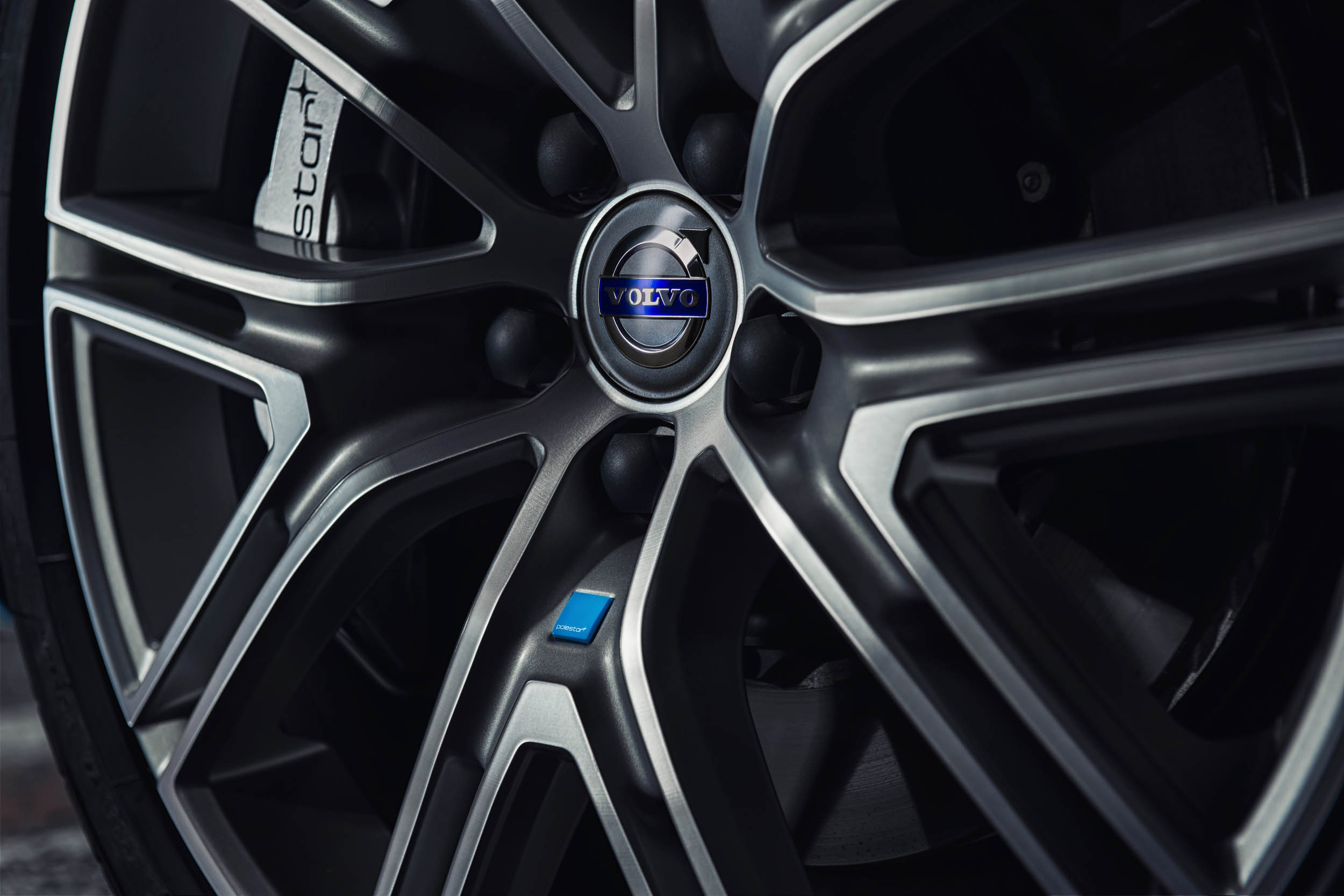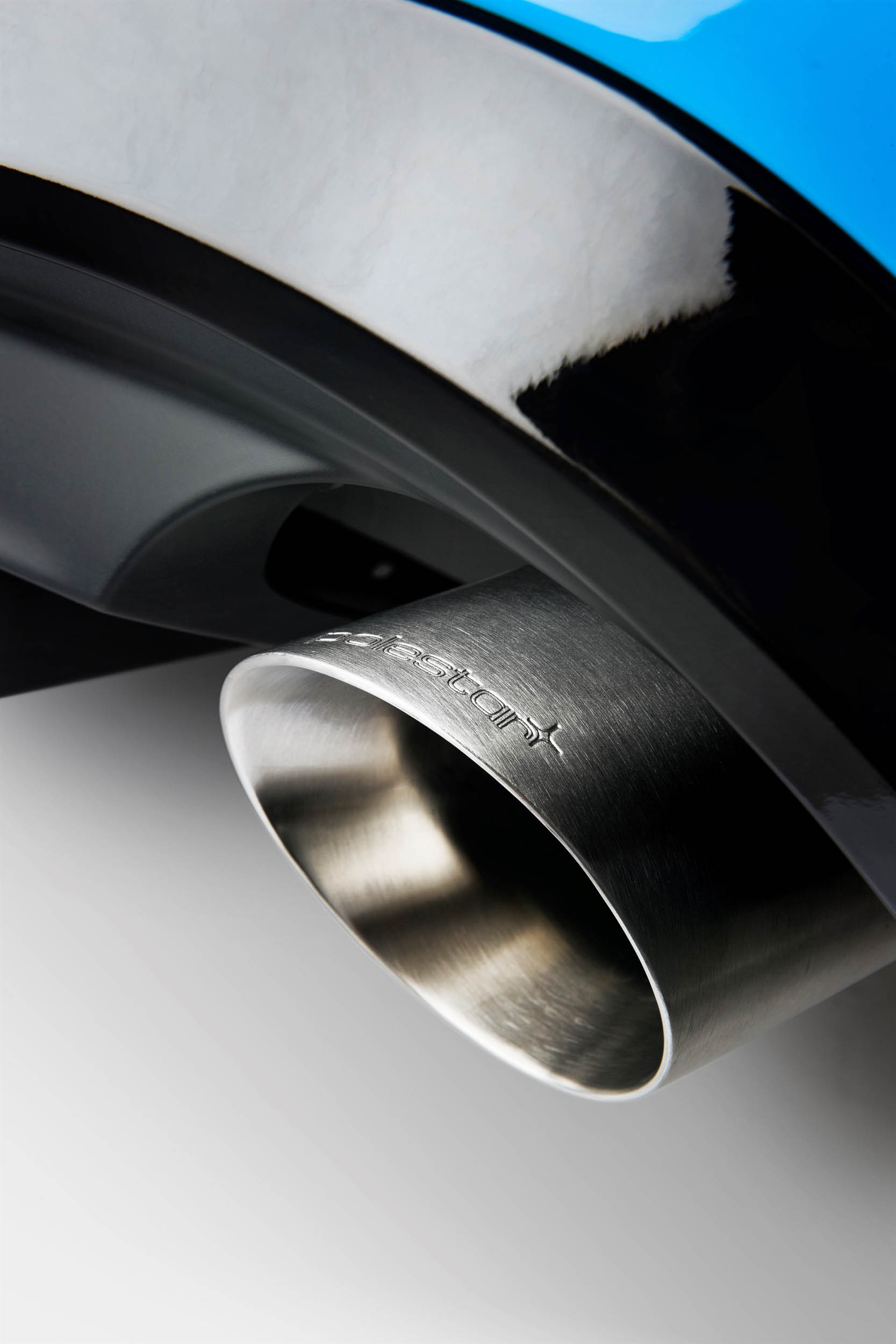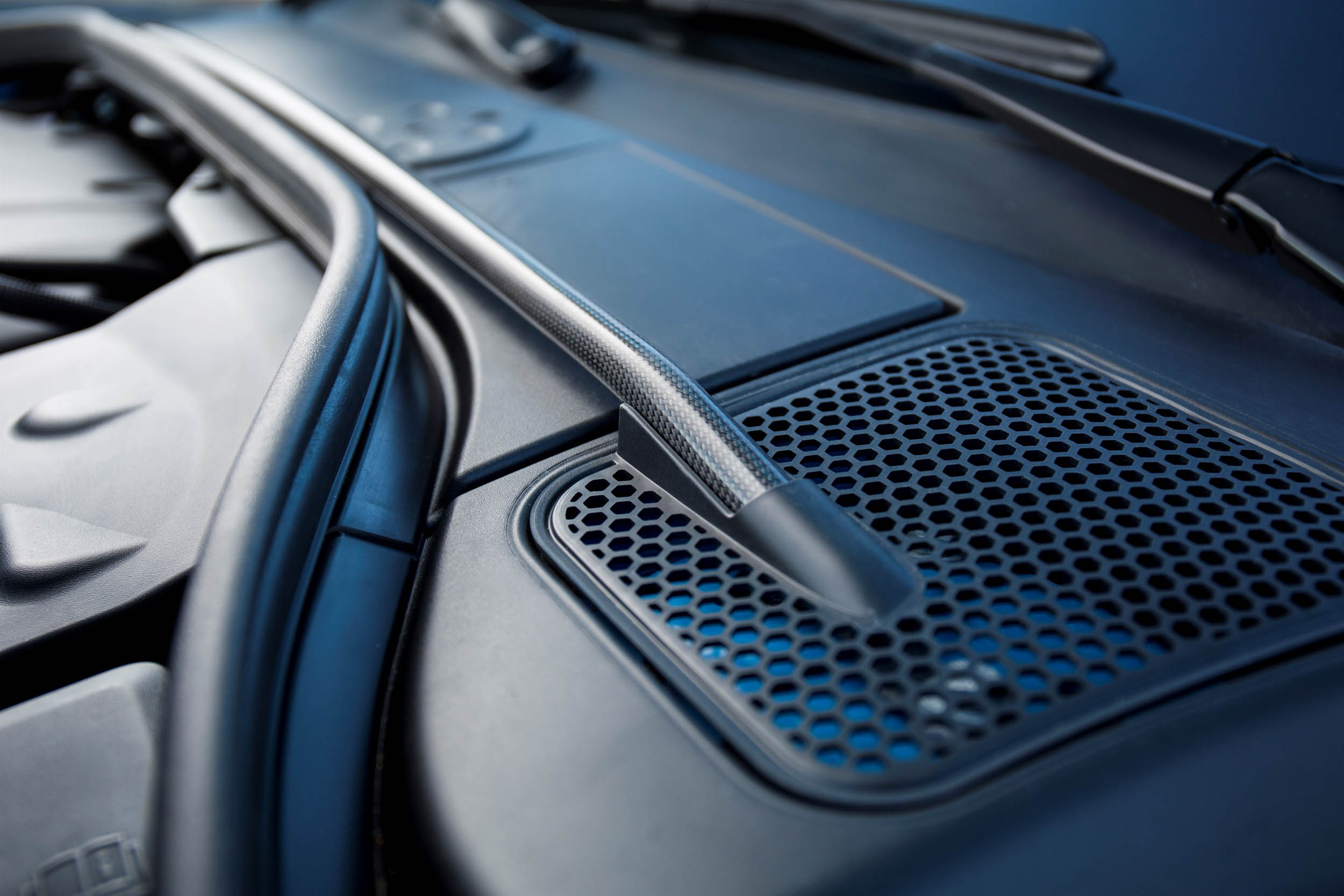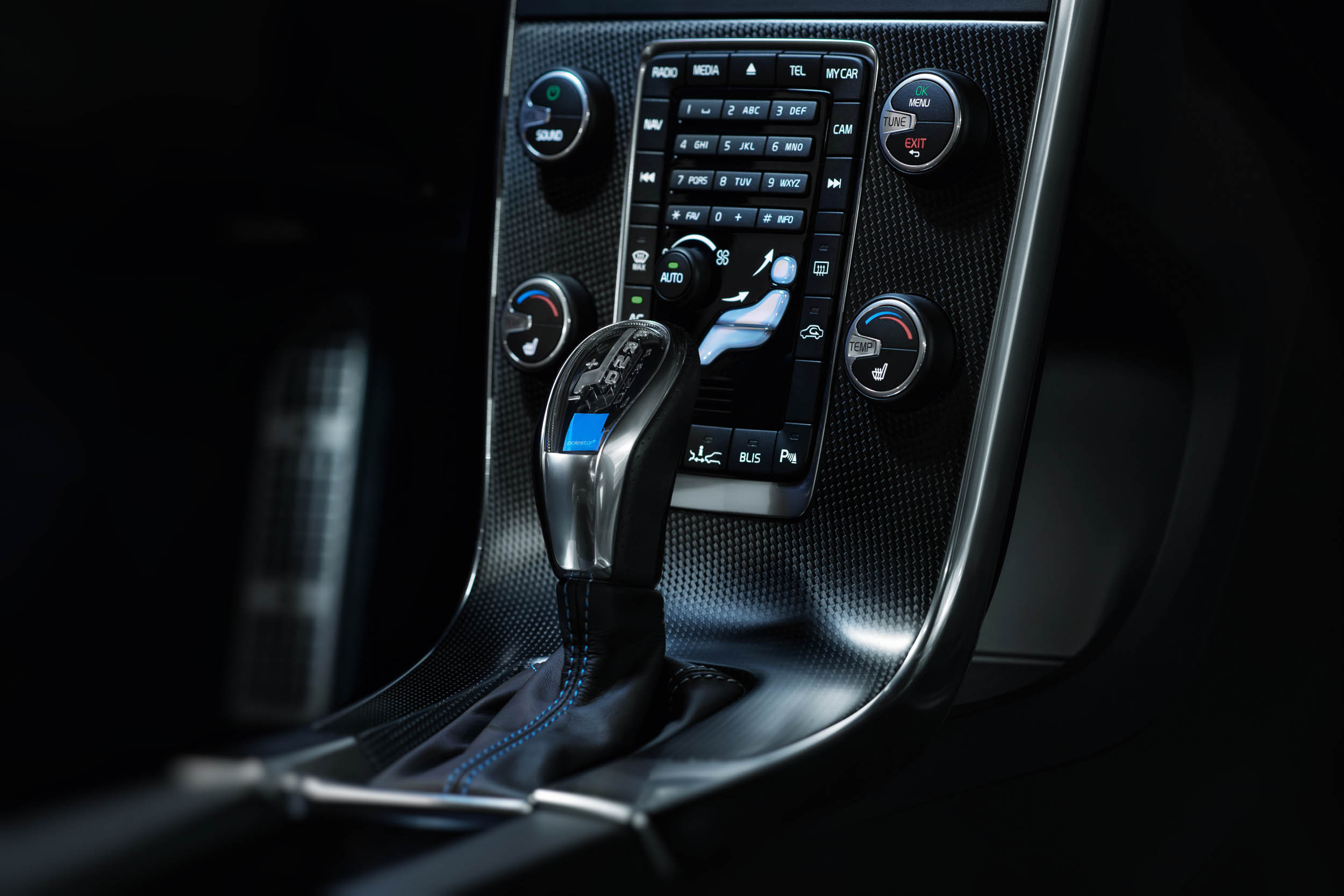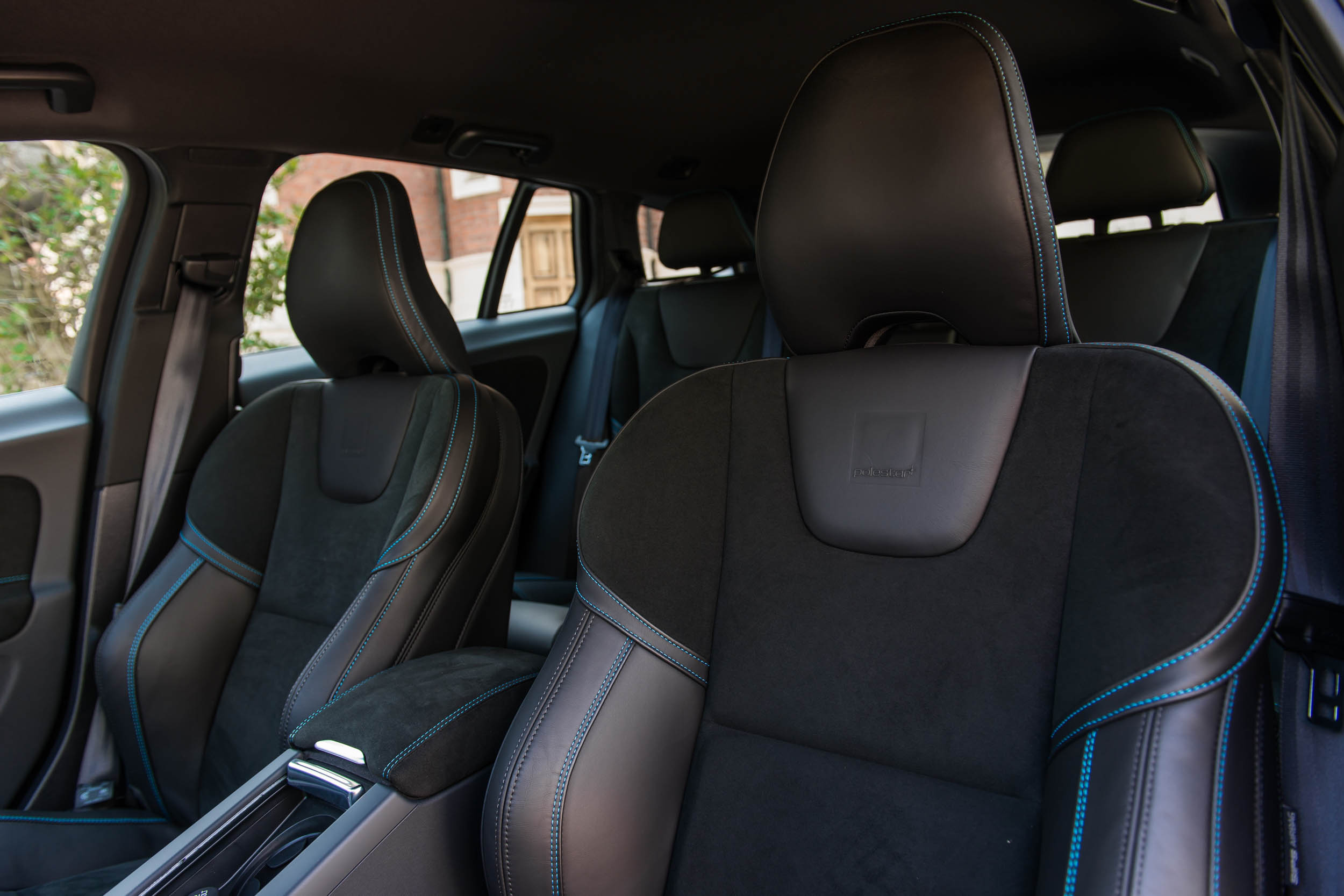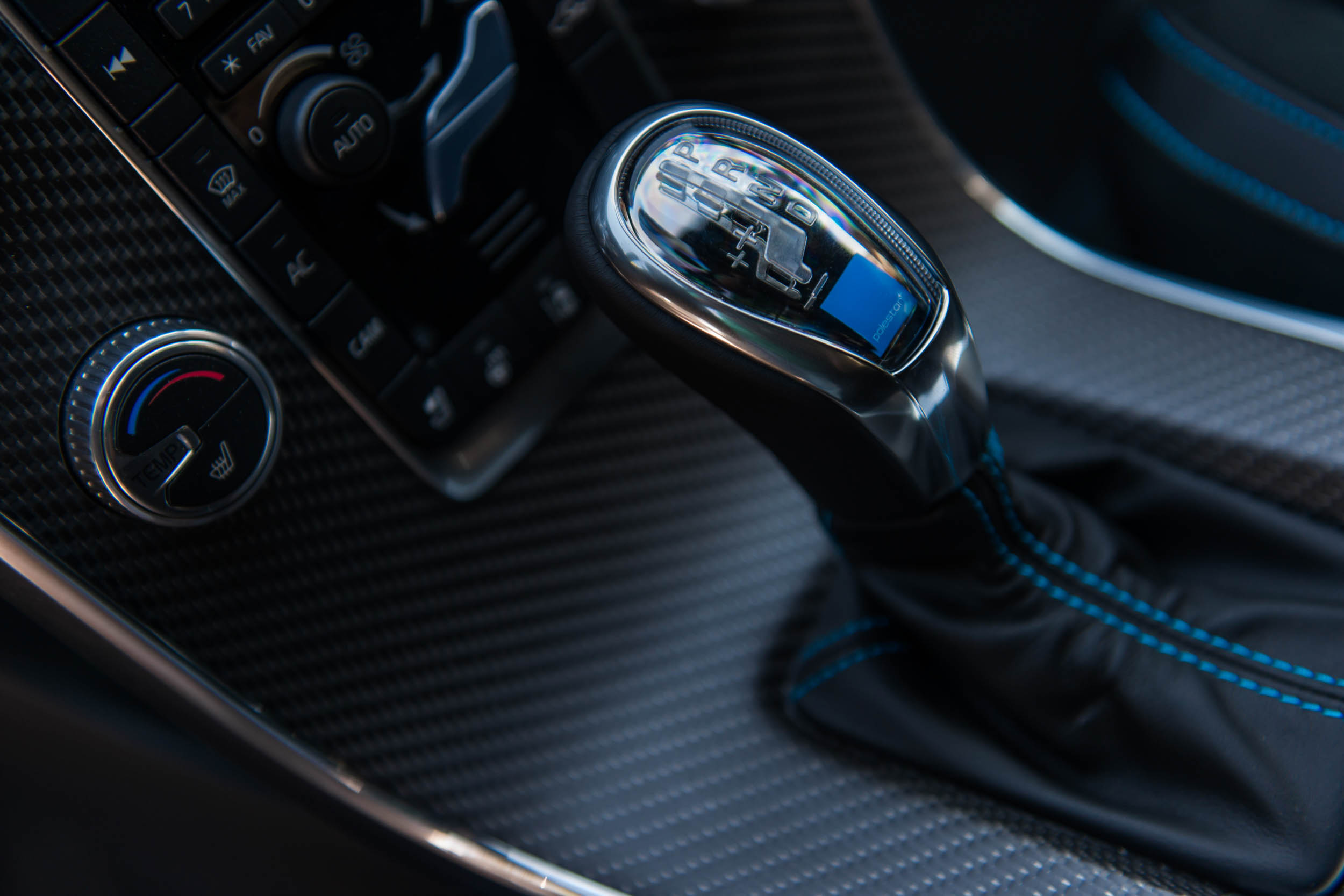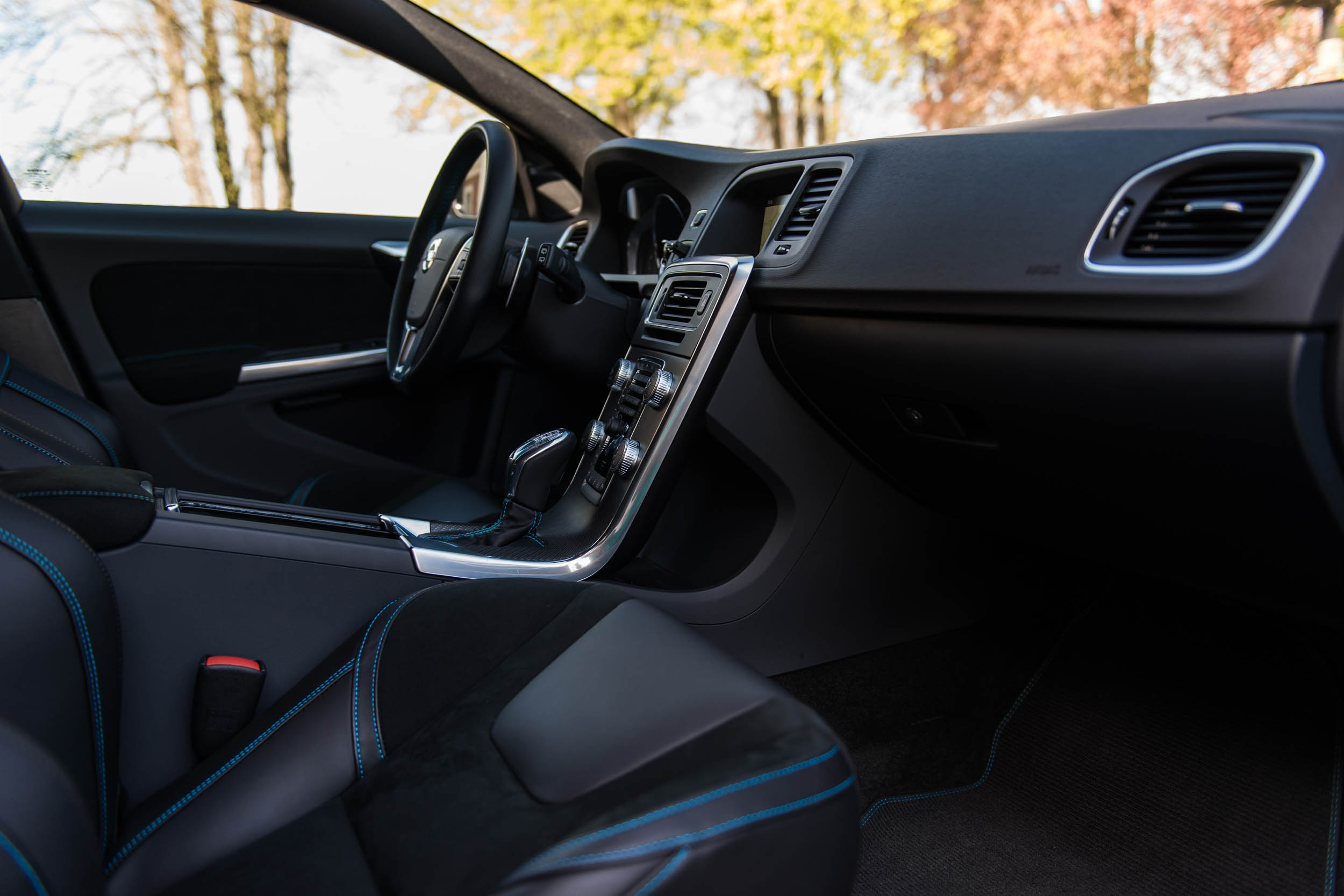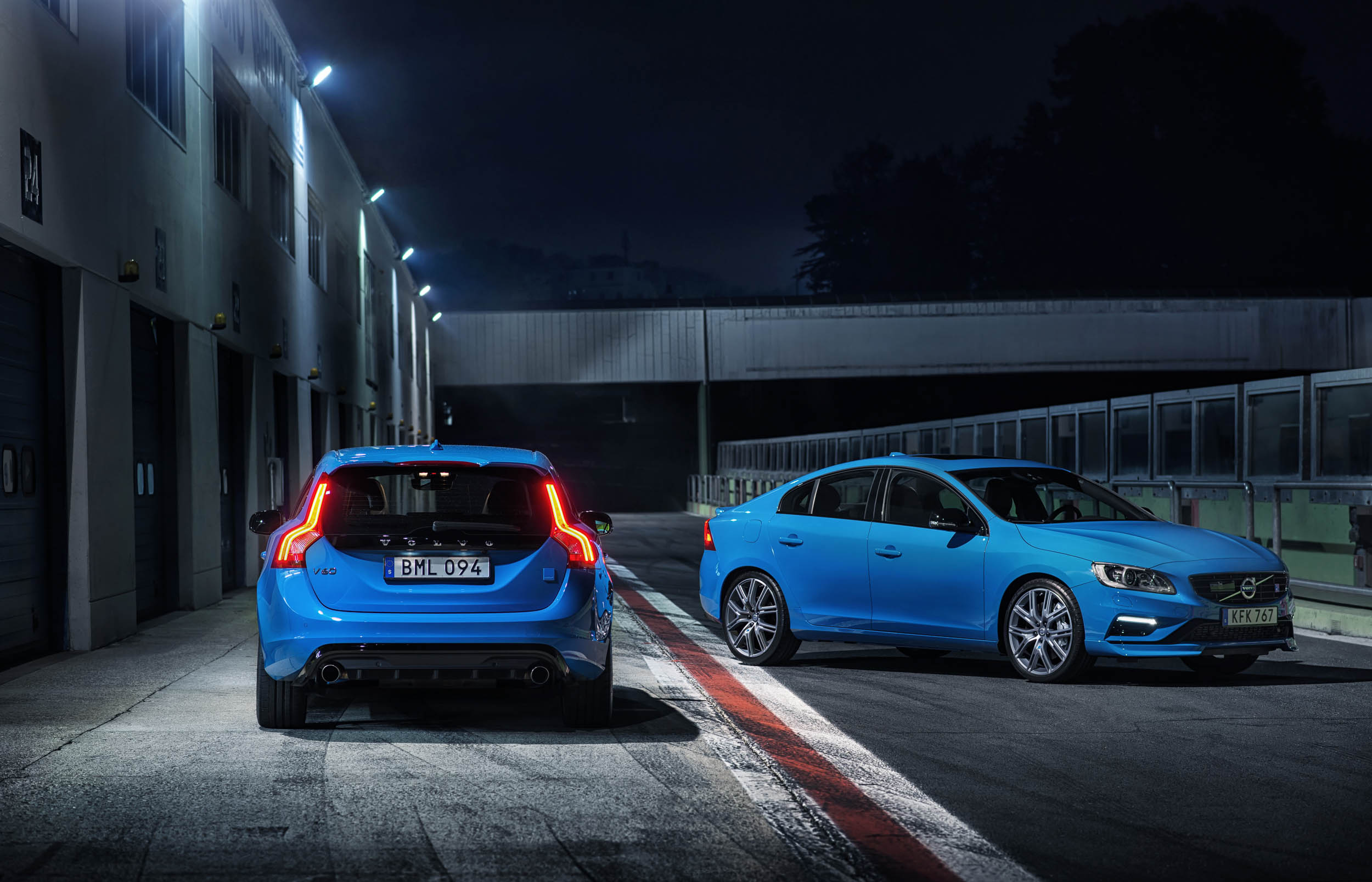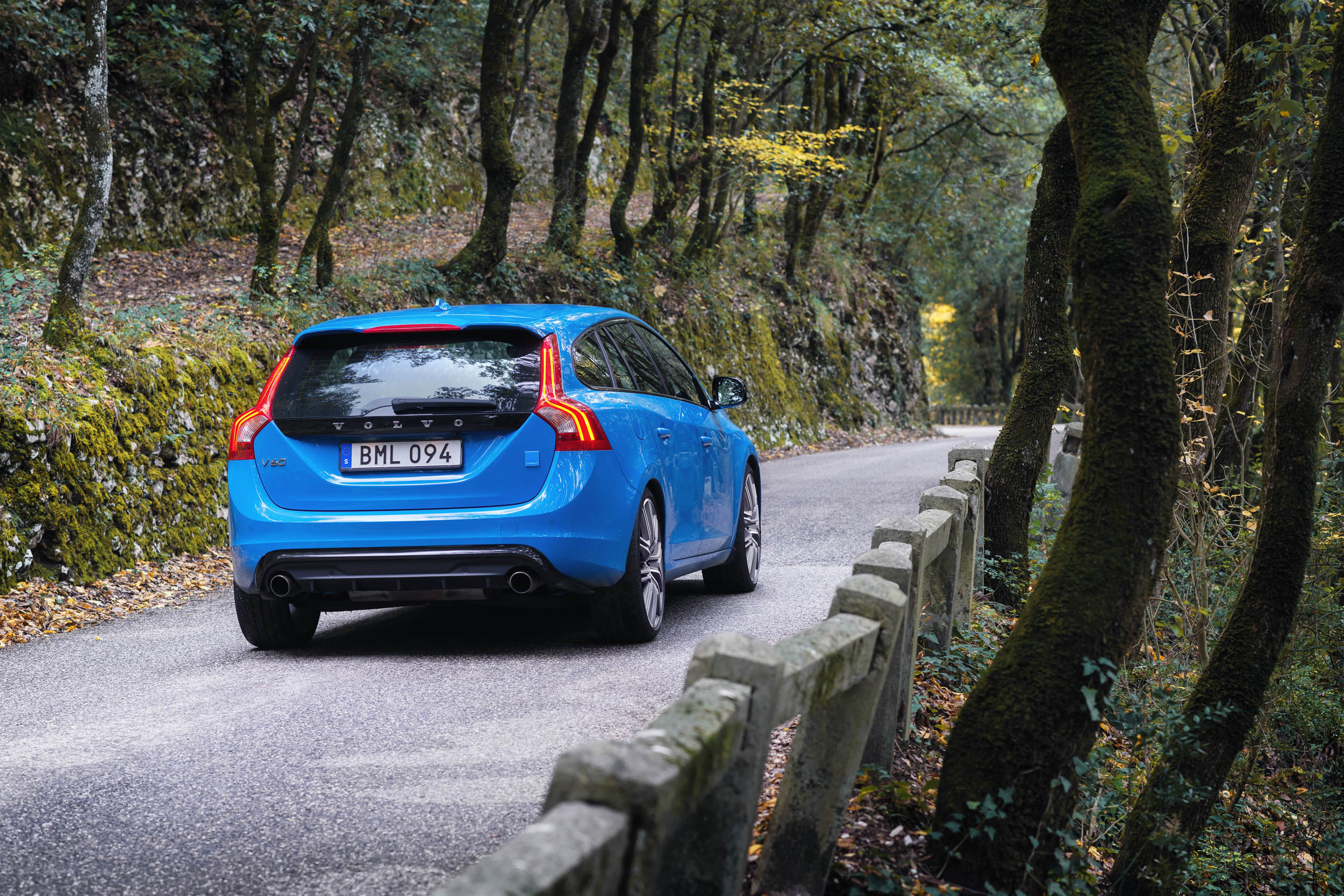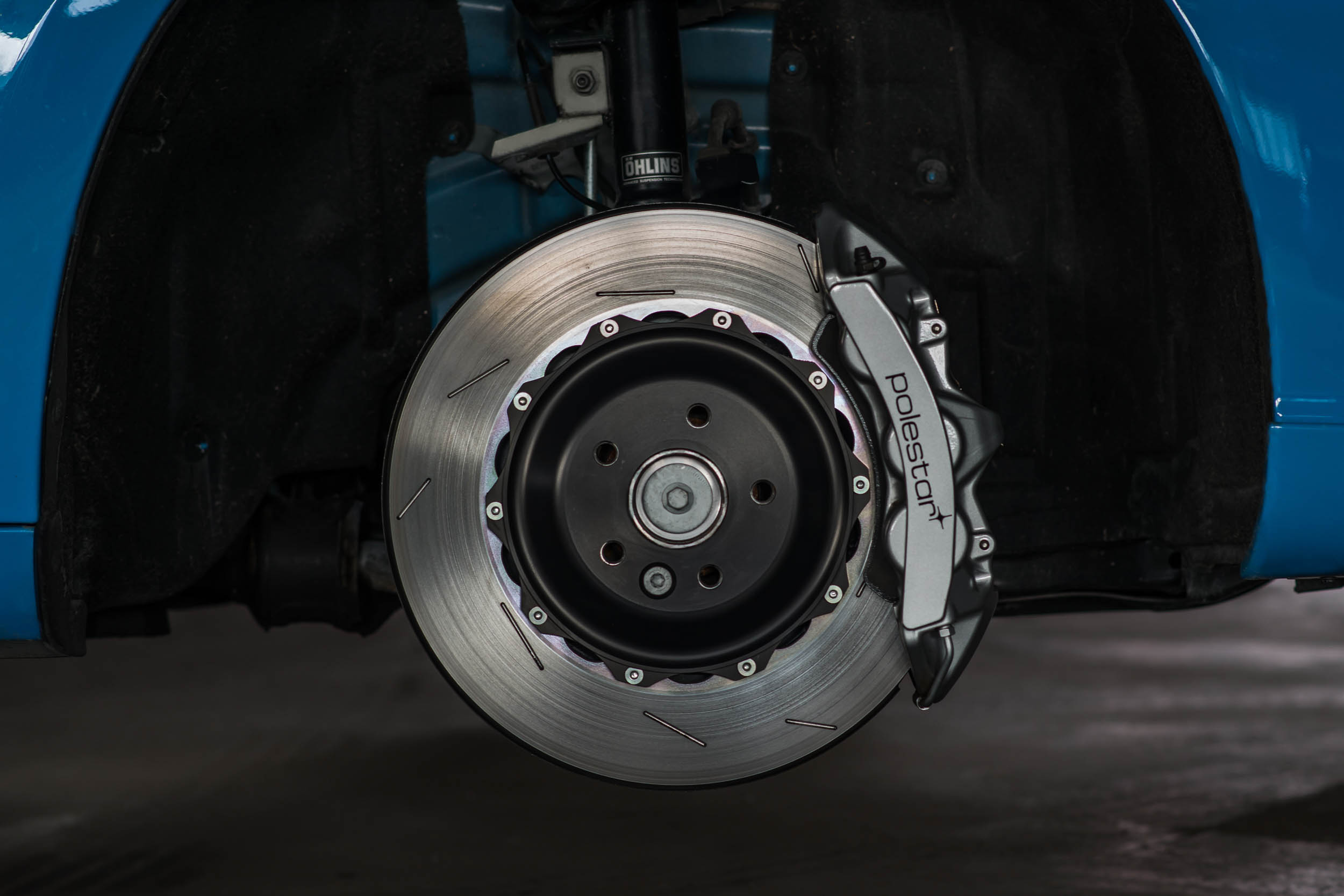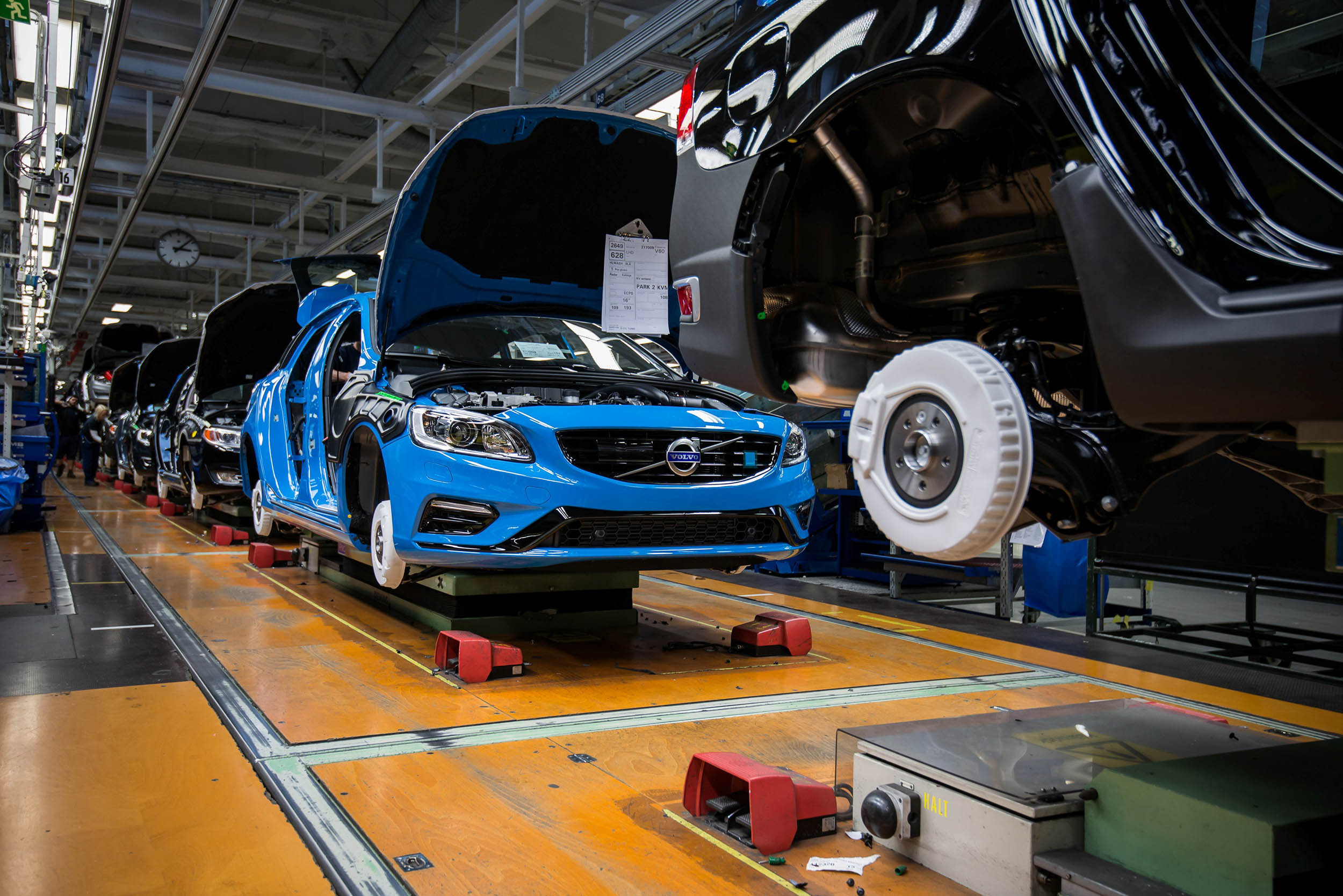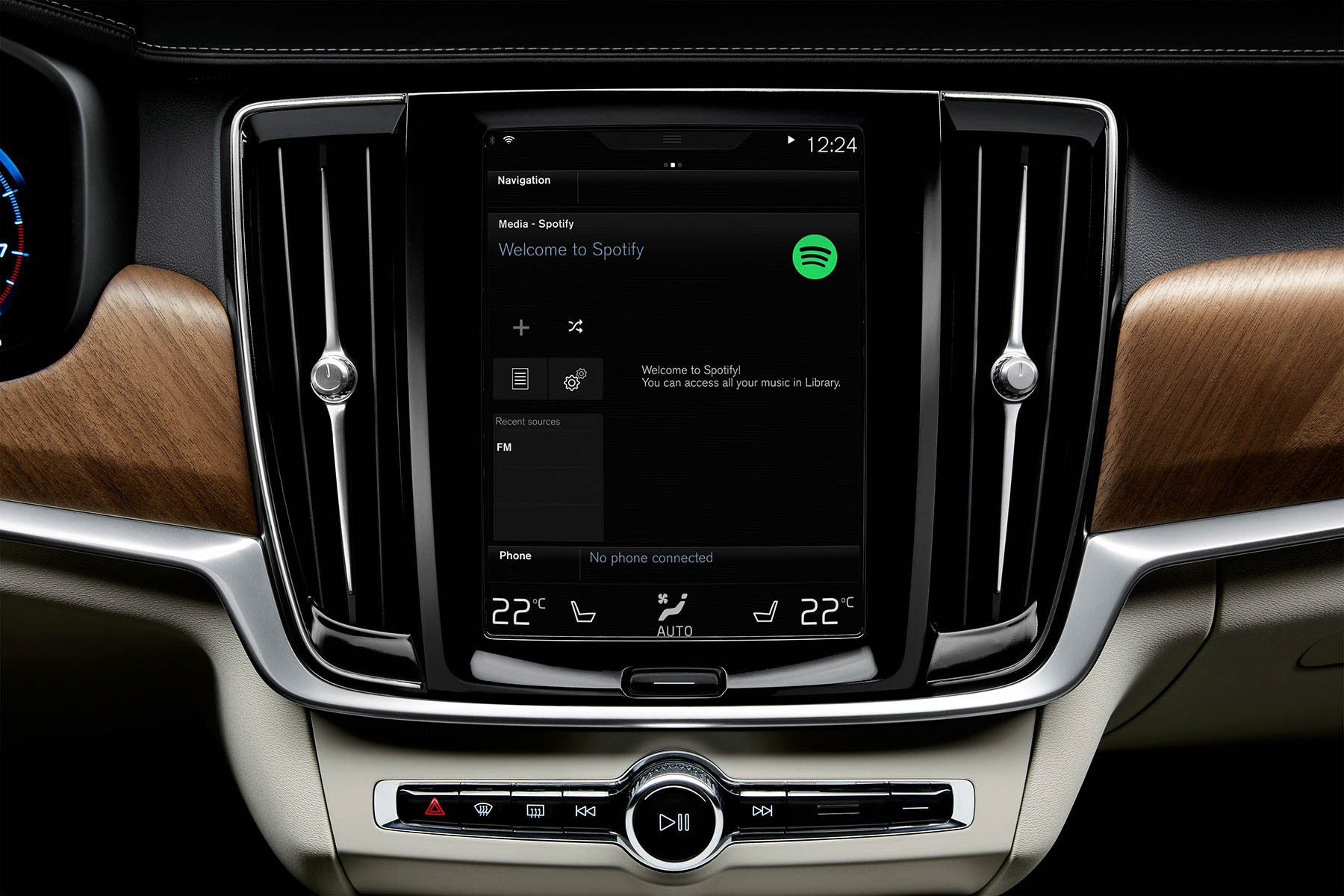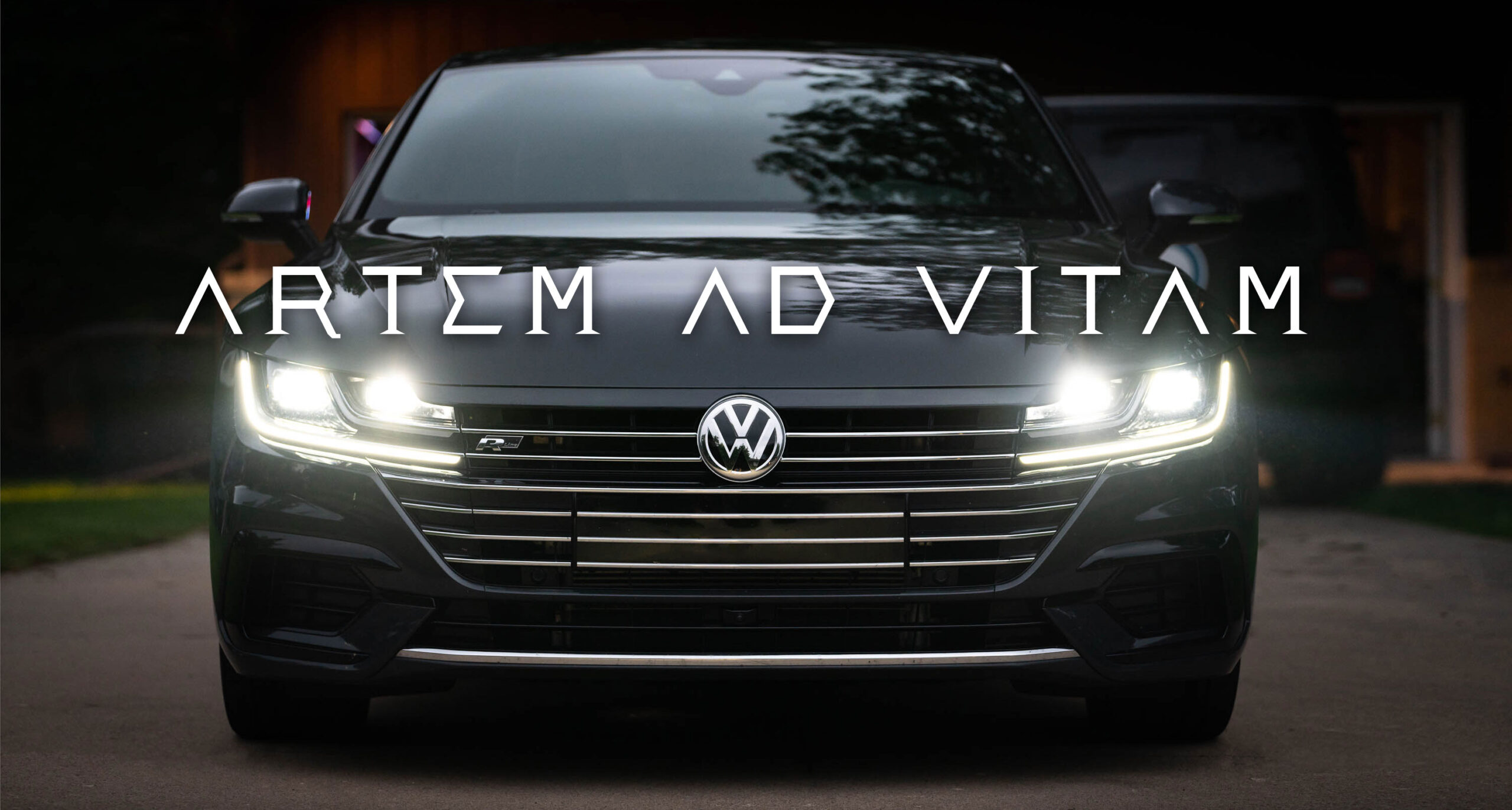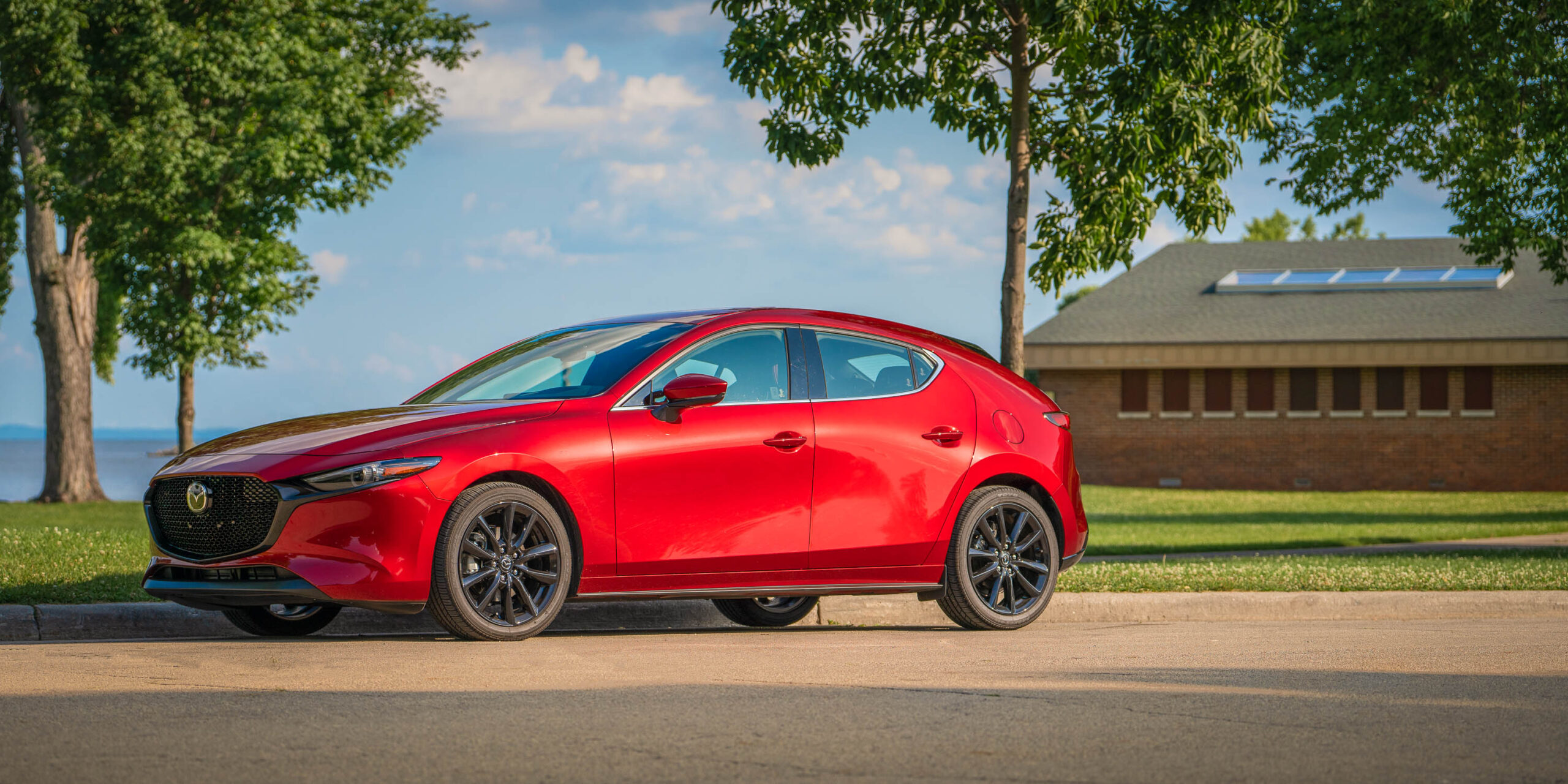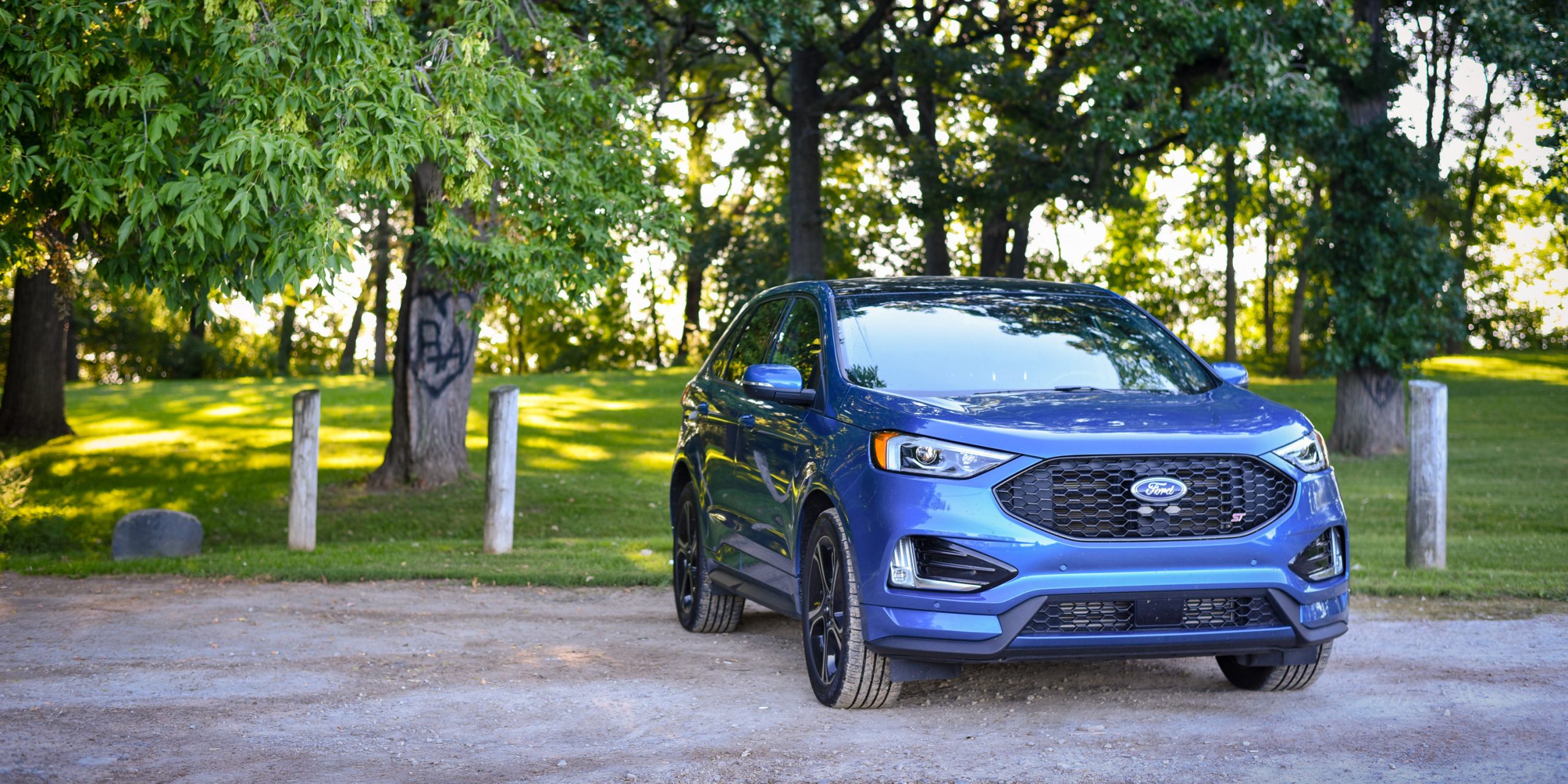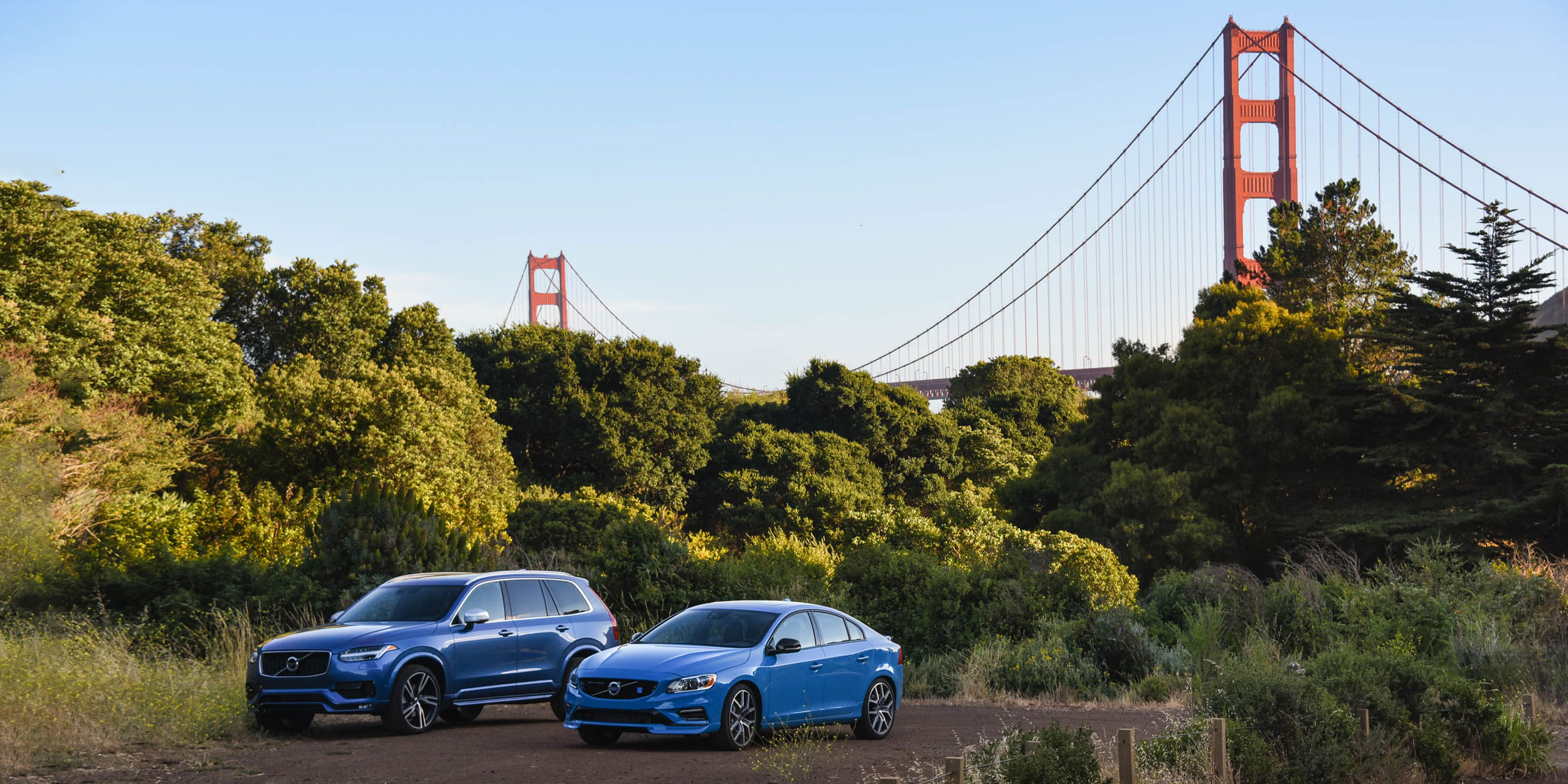
Words by Jennifer Jensen
Photos by Jennifer Jensen and Volvo
Volvo. The name rings synonymous with safety, security and sure-footed driving – a bank vault on wheels, if you will. I am sure everyone remembers someone who had a Volvo station wagon in the ’80s, and it was the family tank.
That vehicle was a trusted steed to take the family across the country to Disney World or Six Flags or some other family vacation spot. Even the company’s logo is an ancient symbol for iron, a metal known for strength and durability.
However, the company has never really been known for building performance cars. Sure, there have been attempts at building something sporty such as the P1800 of the ’60s and early ’70s, but Volvo has never been competitive in the performance market.
That’s where Polestar came in.
Founded by Polestar Racing (now Cyan Racing) in 1996, the privately owned group has been Volvo’s official motorsport team since it started. The group saw the potential in Volvo’s road-going machinery and knew they could pull out a lot more performance.
Polestar introduced its first models available for sale with the S60 and V60 Polestar editions in 2012. These cars were a hit, and in 2015 Volvo bought out the rights to Polestar, bringing the performance brand in house.
This 2016 Volvo S60 Polestar is the end result of that entire process. And it’s not the staid Volvo you remember from the ’80s and ’90s. It is an authentic badass.
THE ENGINE
The S60 has been around for quite some time now, with this generation first appearing in 2010. In fact, it is now the oldest platform in Volvo’s lineup for the U.S.
But that didn’t stop the Polestar crew from shoehorning the biggest engine they could into the S60’s front end. That engine, a 3.0-liter, twin-scroll turbocharged, transversely mounted inline six-cylinder offers up 345 horsepower and 369 pound-feet of torque.
Those are impressive numbers for a mid-sized family executive sedan.
The Polestar puts all that power down through a Haldex all-wheel-drive system for a sure-footedness that is hard to come by in this class. Large Brembo brakes bring the Polestar to a stop as if you’ve hit a brick wall. Since you’re in a Volvo, you could probably go through that brick wall and keep driving, but my point is: The brakes are really good.
EYE-CATCHING DETAILS
The Polestar looks different (better) than the standard Volvo S60 in a few minor ways. This starts with the vibrant “Rebel Blue” paintwork with matching stitching on the interior. The color is noticeable, not just when the car is close by, but from miles away. “Eye-catching” is the best way to define it.
A few other colors are available, but why?
The 20-inch wheels are attractive, and the rear lip spoiler and rear diffuser add an additional touch of sporty flair to the body. Dual exhaust ports splitting the back end round out the biggest highlights to the exterior.
Inside, you will find black “Nubuck textile” (Volvo’s version of Alcantara) mixed with leather and the previously mentioned blue stitching. The gauge cluster is a unique mix of modern elements with old-school-style dials, but the center stack definitely feels old.
I still love Volvo’s body-shaped buttons for the HVAC system – just click the part of your body you want the air to hit – but the number pad makes the car feel like it’s from the ’80s.
Adding to that frustration is the navigation system, which uses a digital rotary dial to input data. You might think you just drove through a time warp.
THE POLESTAR EFFECT
Underneath the gracefully aging bodywork are a number of changes to the standard Volvo S60 platform. It has 80% stiffer springs, custom Ohlins adjustable dampers (though I never figured out how to do that in my time with the car) and even a carbon fiber strut tower brace.
There is also an active exhaust that makes more noise when the car is put into “sport” mode, so I left it in sport all the time. I just dealt with the jarring ride because it delivered immediate response from the helm.
And I do mean immediate response.
A HOOT TO DRIVE
The Polestar absolutely devoured the twisty roads carving through the mountains outside of Los Angeles. The hydraulic steering is numb feeling, but when you turn the wheel things happen. And those things are good!
The torque-vectoring AWD system clawed the car out of tight corners as the g-forces smeared a broader smile across my face. The engine is smooth, and all of the torque is available from 3,000 rpm, so the Polestar gets out of its own way in a hurry.
But those rising-and-falling mountain roads weren’t even the most fun time I had at the wheel of this blue beast.
We had to run into downtown LA late one evening (post traffic jam), and I used the Polestar as the errand car. The size of the Volvo S60 is ideal for placing the car in between other drivers on still-congested highways.
But this car was a hoot. Like a bucking bronco, first time at the rodeo hoot. Power on, twist the thick-rimmed steering wheel, and fly through traffic. People never saw me coming. Just a flash of blue in front of their eyes, and then I was gone. I’m still wondering how many calls were made for a low-flying unidentified blue object that night.
The suspension is so tightly wound that on more than one occasion I smacked my head on the roof of the car when traversing a large bump. This may sound like a negative, but it was really like taming a beast. I felt like I needed a saddle and spurs – and I couldn’t stop laughing.
After we made our late-night drop off, I had two passengers in the car with me and couldn’t wait to give them the experience I’d just had. The Polestar did not disappoint, and we all went to bed with a few bumps on our heads that night.
NOTHING IS PERFECT
While the Polestar is not perfect, its seats very well may be. In typical Volvo fashion, they are exemplary. Comfort is fantastic and the combination of the suede-like material with leather, along with some serious bolstering, really helps to hold you in place.
I later drove this car from San Francisco back to LA and had nary a complaint from my backside.
The aging Geartronic six-speed automatic, however, just needs to go away.
When left to do its own thing, the shifts are okay. But if you choose to paddle shift, you’ll encounter unacceptable delays, sometimes changing late enough to throw the car off balance. A manual transmission would be a welcome substitution (like the Getrag unit in the original S60 Polestar concept!), but a really good double-clutch gearbox would suit the car perfectly.
The turning radius on the Polestar is about the same as the Titanic, partly due to the interference from the long engine packed into the nose – sideways. It doesn’t leave much room for the front wheels to do their thing.
That turning radius very well may be improved with the 2017 model, however, as the updated car has a turbocharged four-cylinder. That’s right, this powerful and smooth straight six has given way to a smaller, yet more powerful, four. I have not yet had the chance to drive the freshened car, but there can be no way that the power delivery will be as smooth, linear or as pleasing to the enthusiast ear as that of the six-cylinder.
On the plus side, Volvo is still going to offer the Polestar in both sedan and wagon form. The S60 or the V60 Polestar twins might just be the perfect sleeper cars for those living in the northern Midwest. But if you truly want a sleeper car, don’t order it in Rebel Blue.
Originally published in 2017.
Editor’s Note: While Polestar’s origins were in performance, as times have changed, so has the direction of the Polestar name. Volvo is heading toward a more electrified future, and it has since spun Polestar into its own nameplate, which makes only electric vehicles. We hope Rebel Blue will remain a signature color, but it’s not clear from the vehicles we’ve seen or from the website that it will be. This makes us kind of sad.
